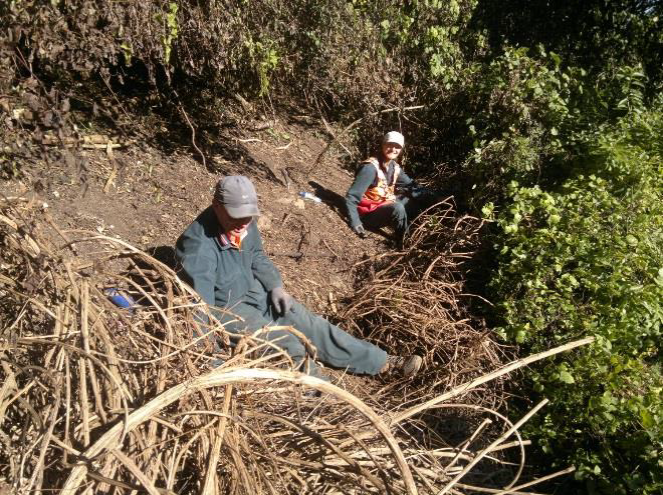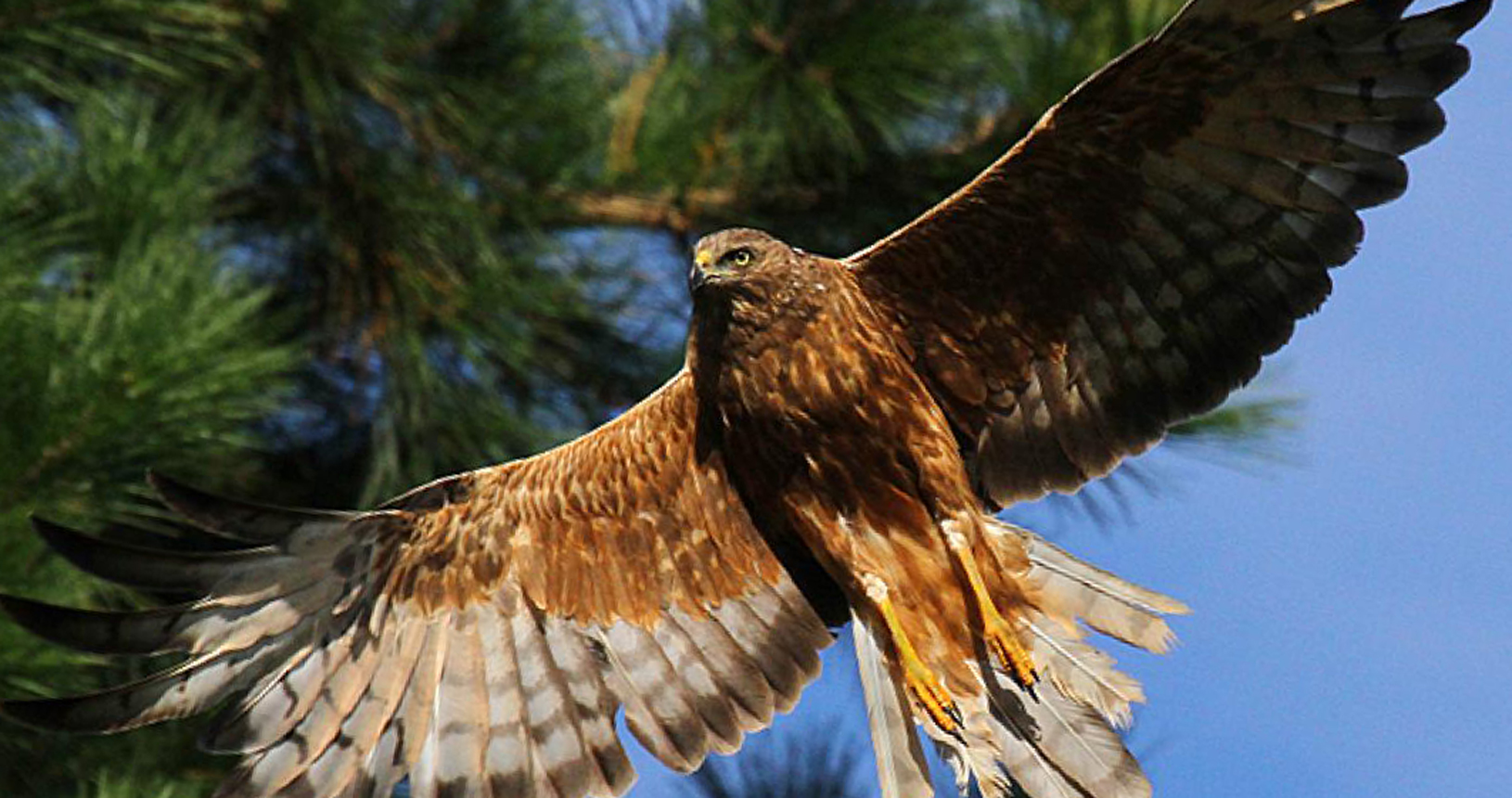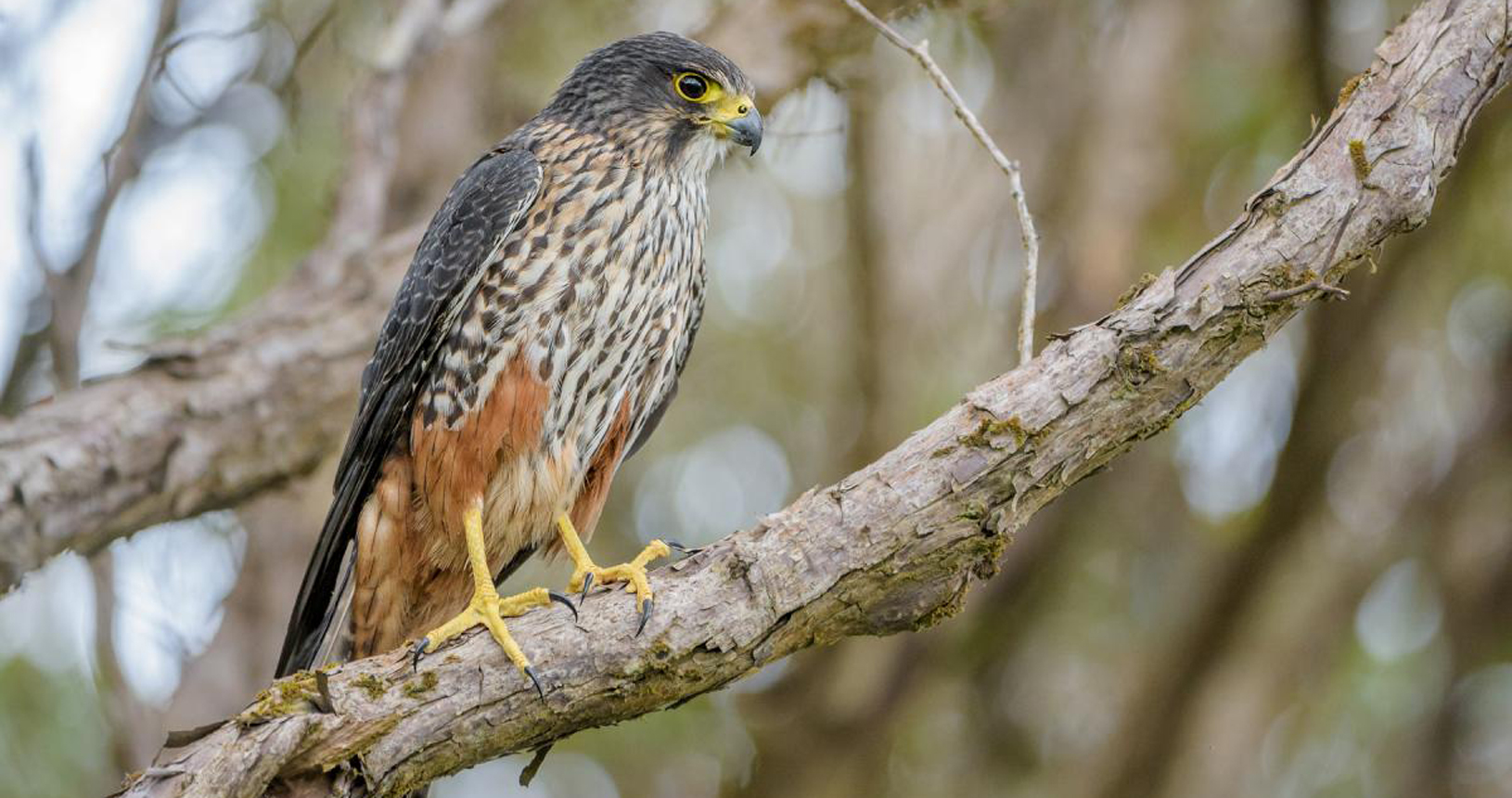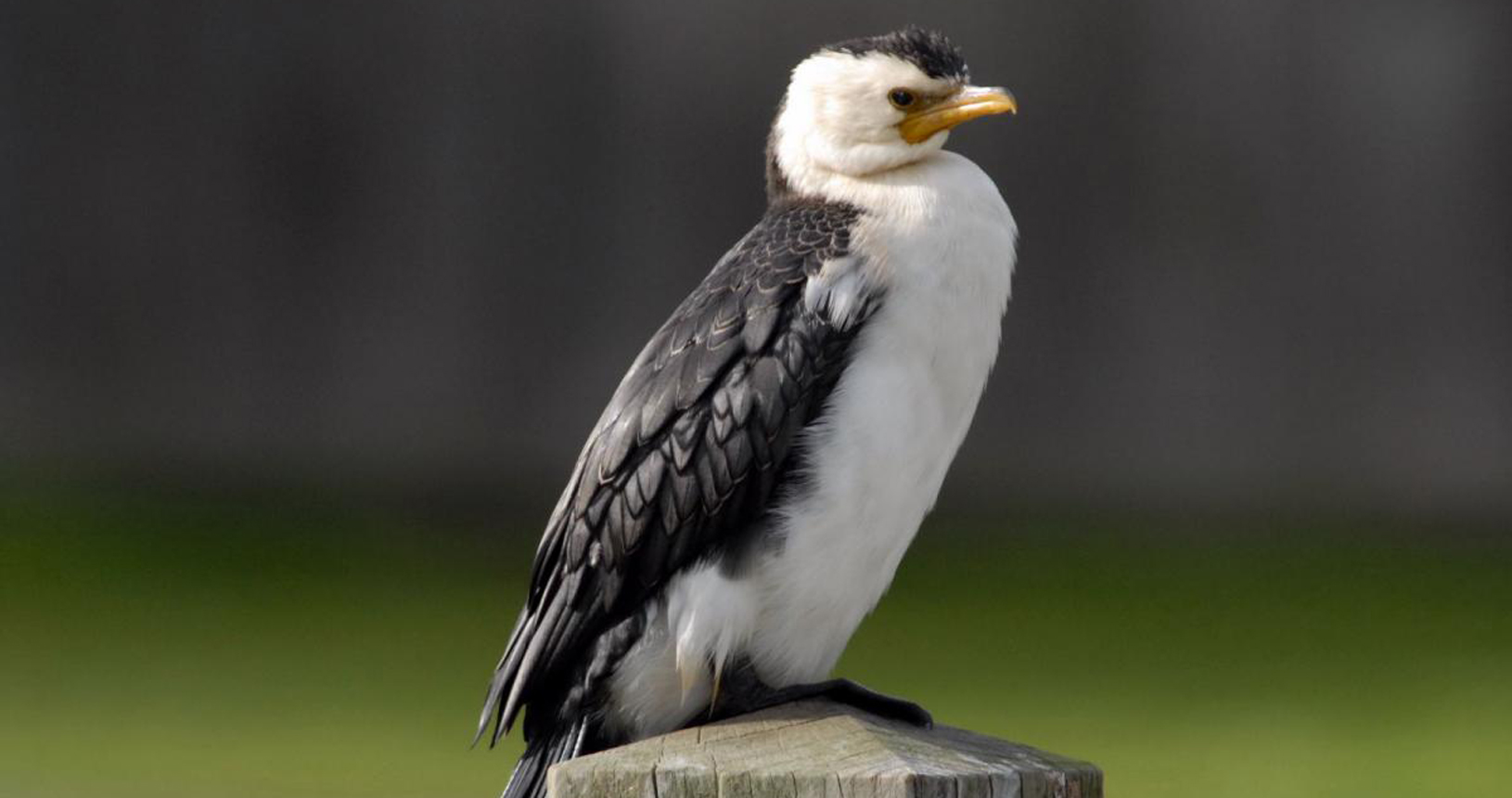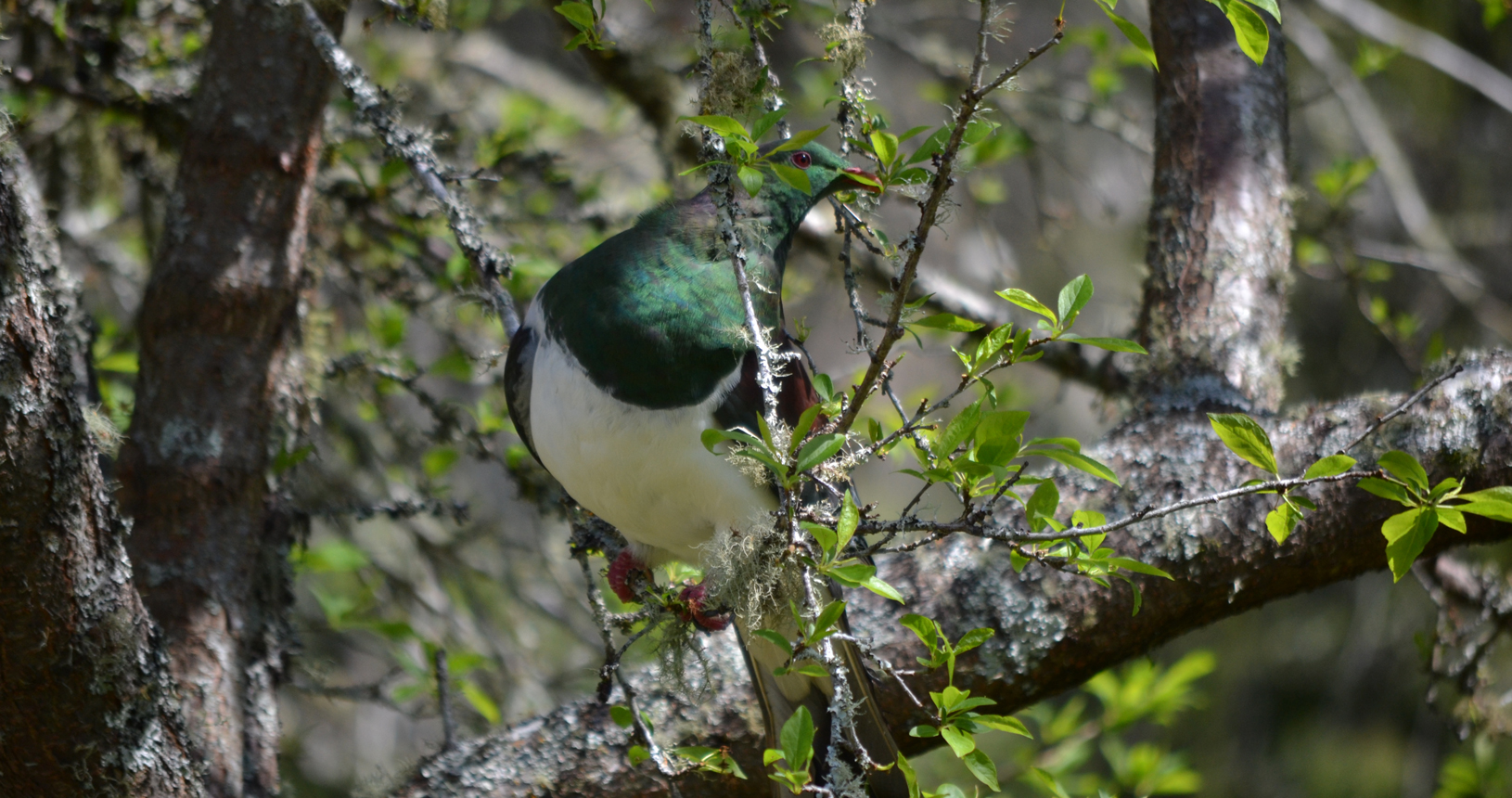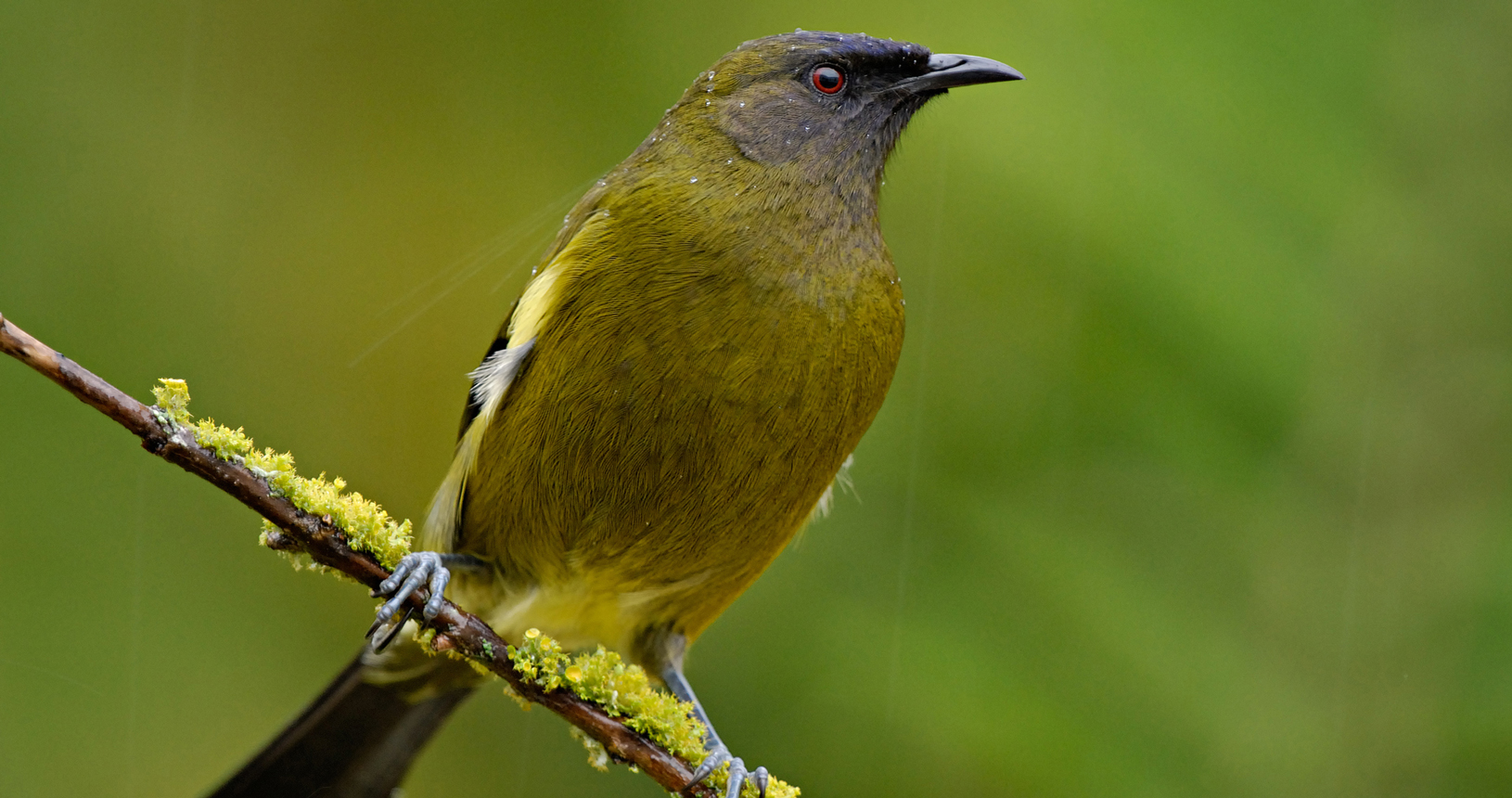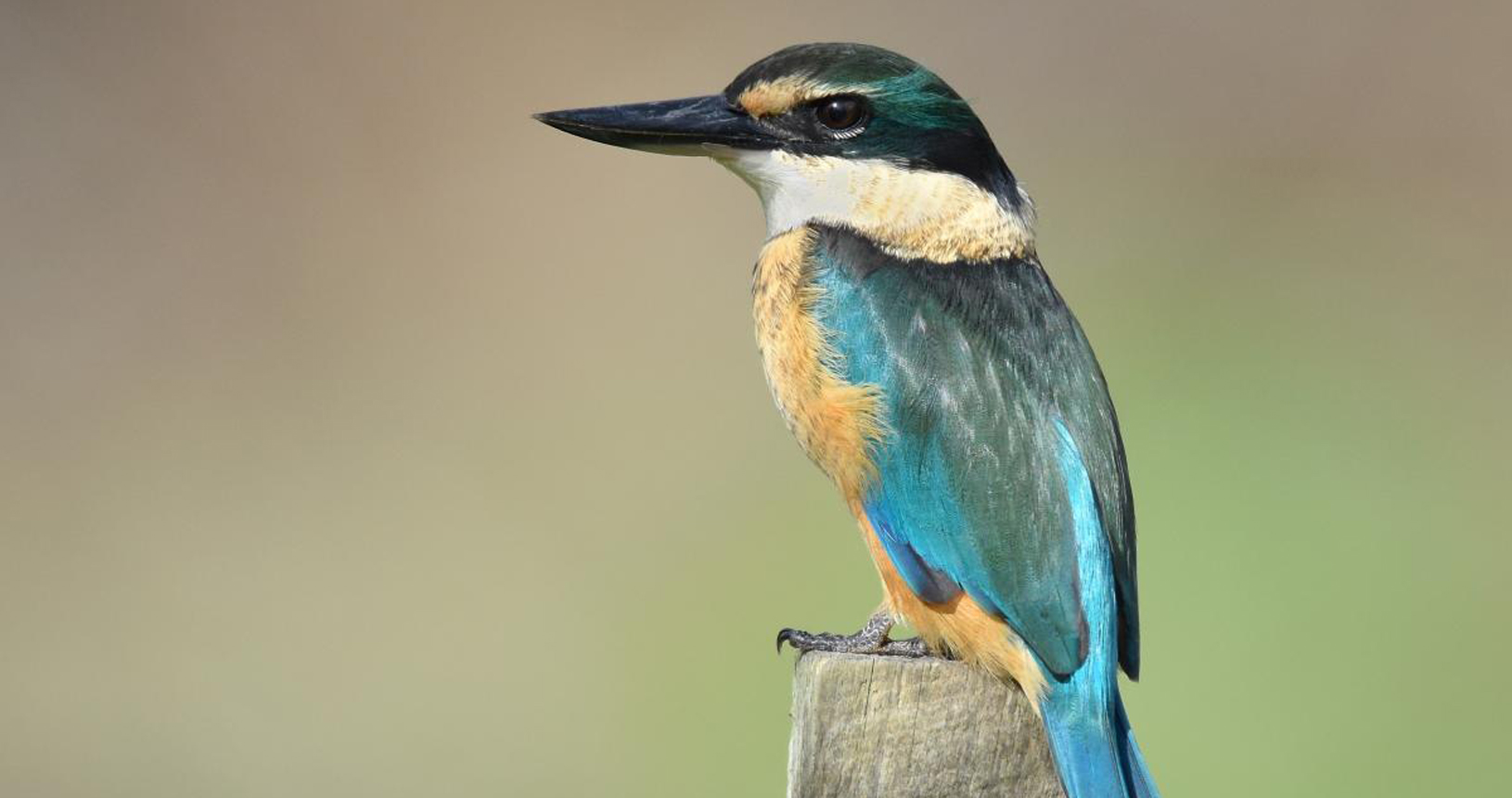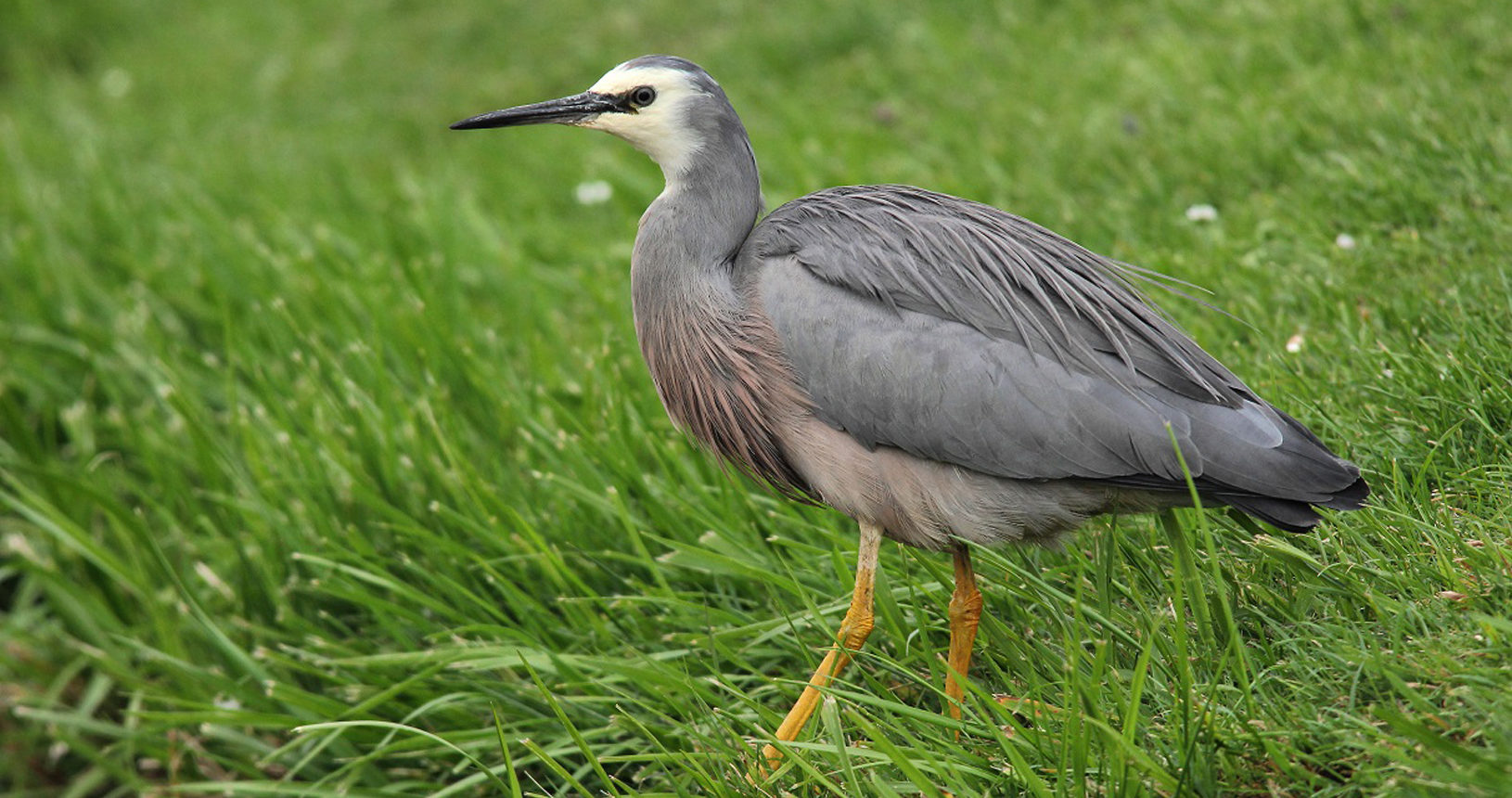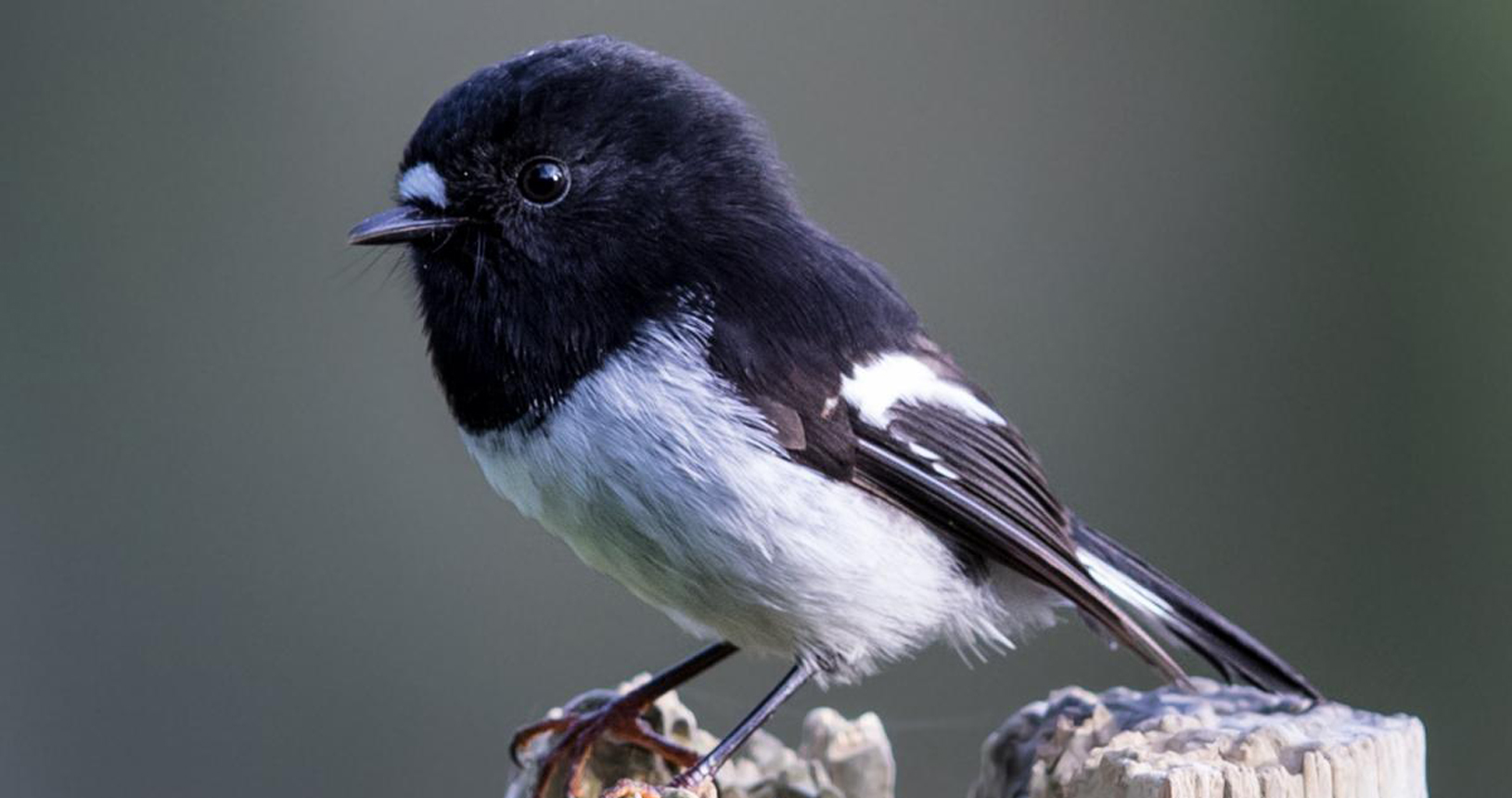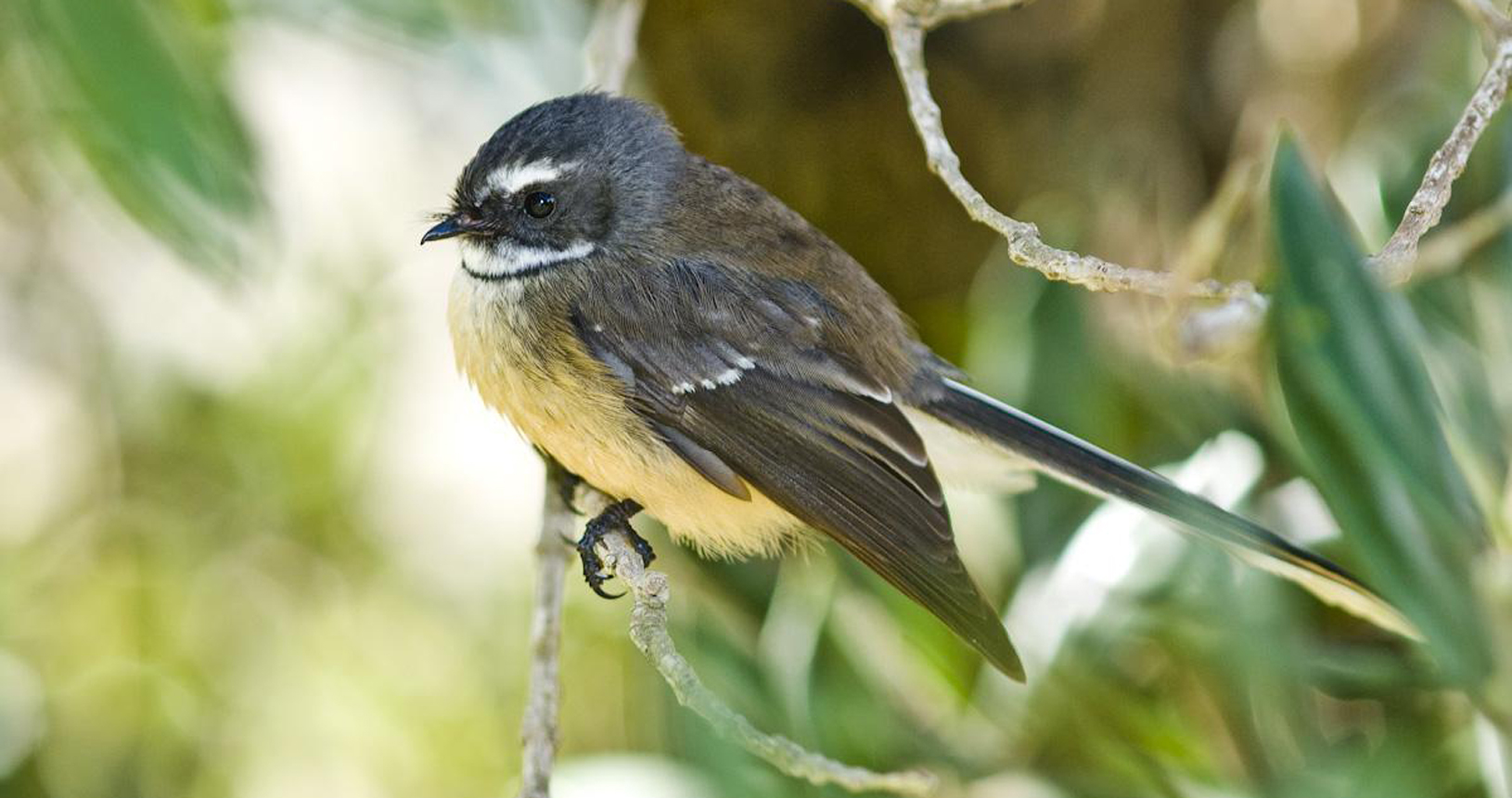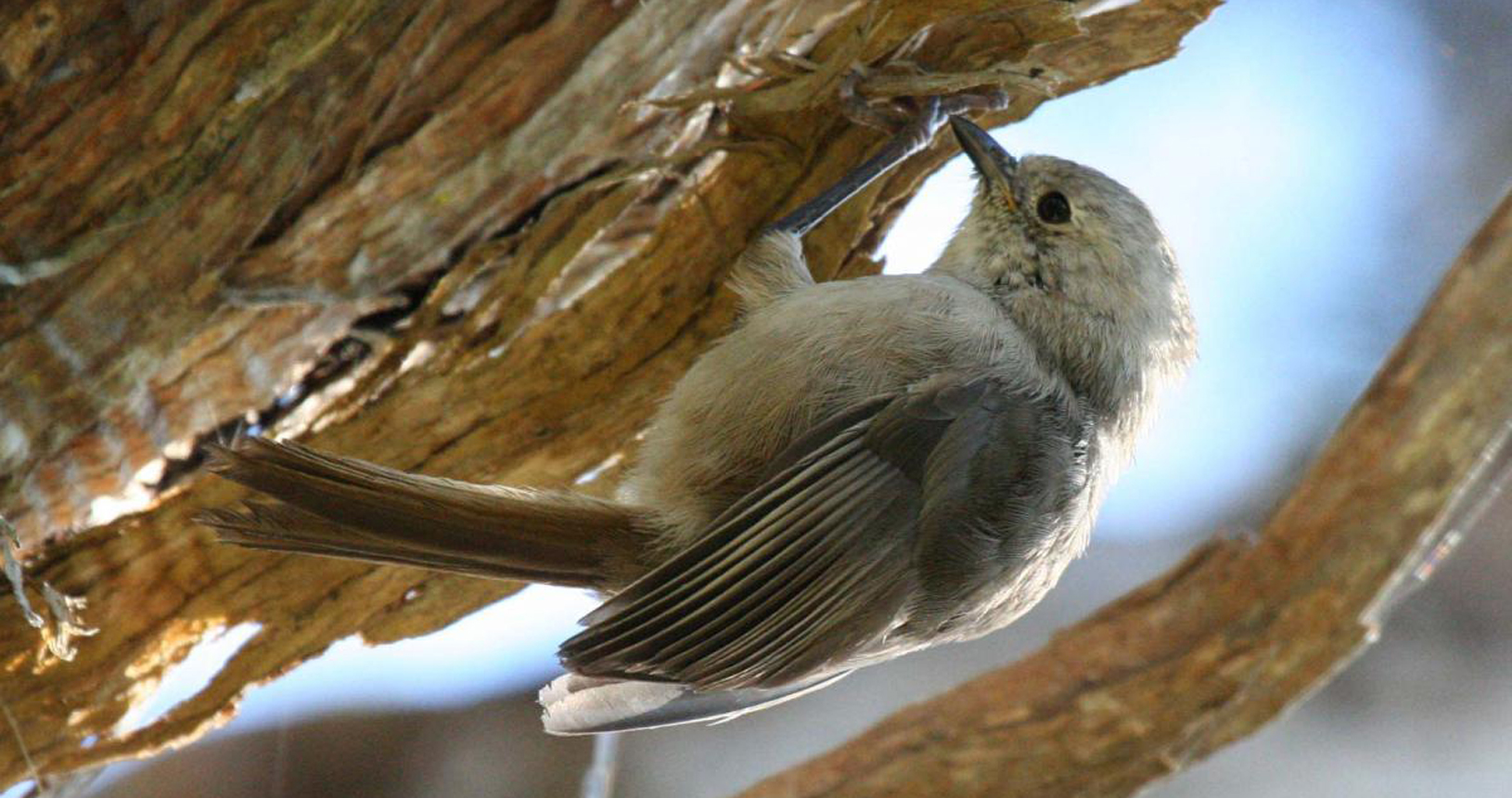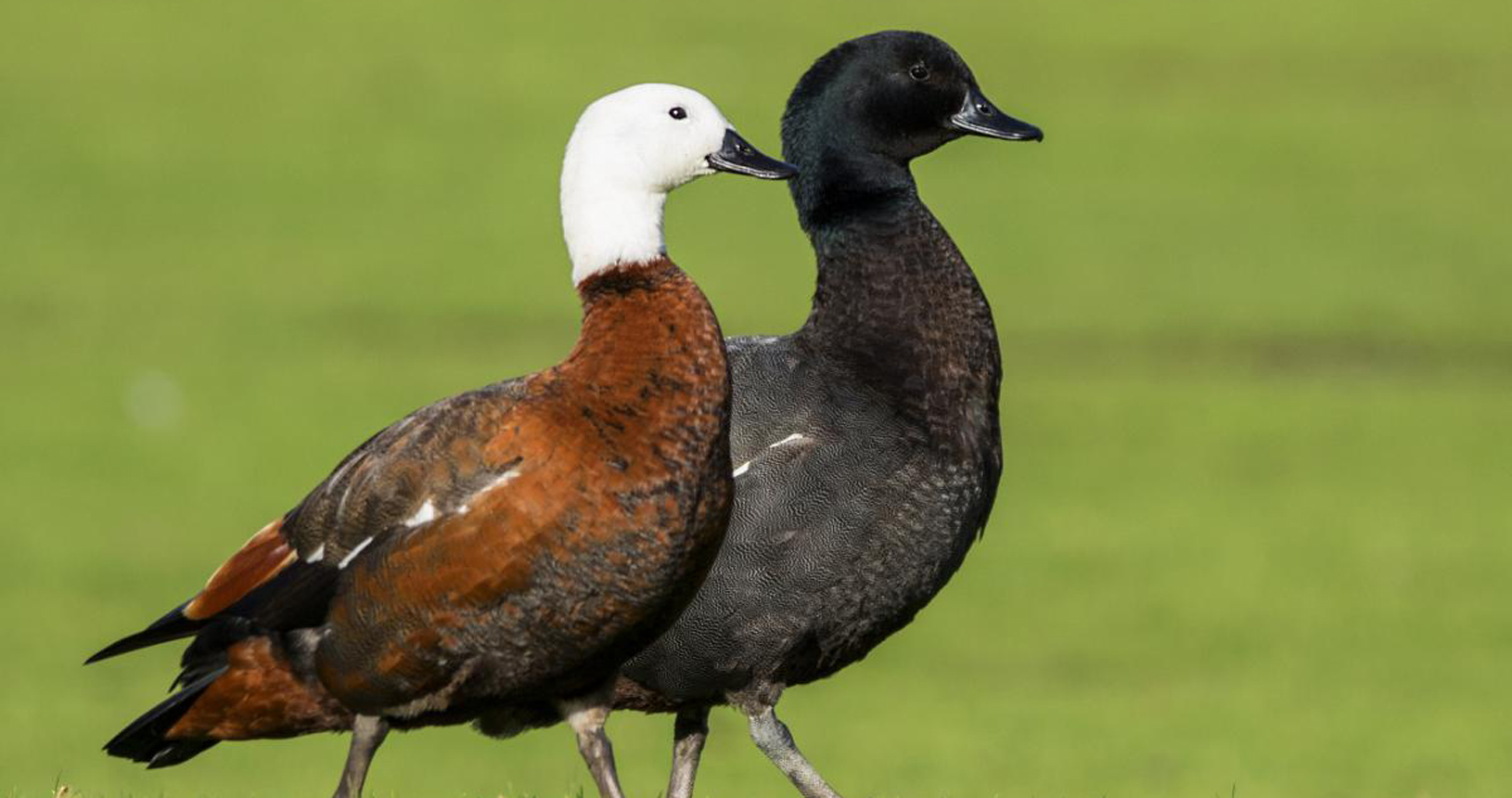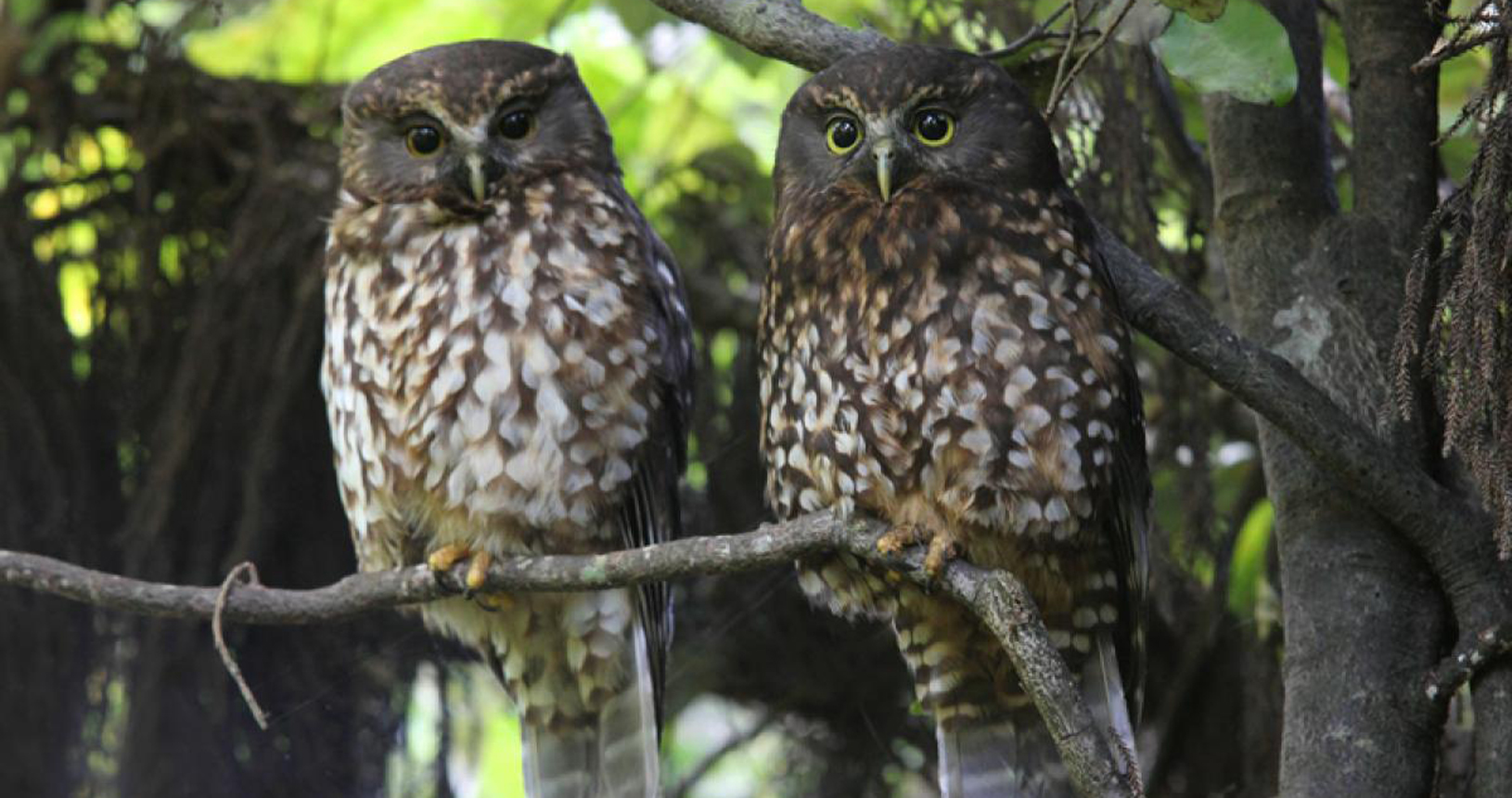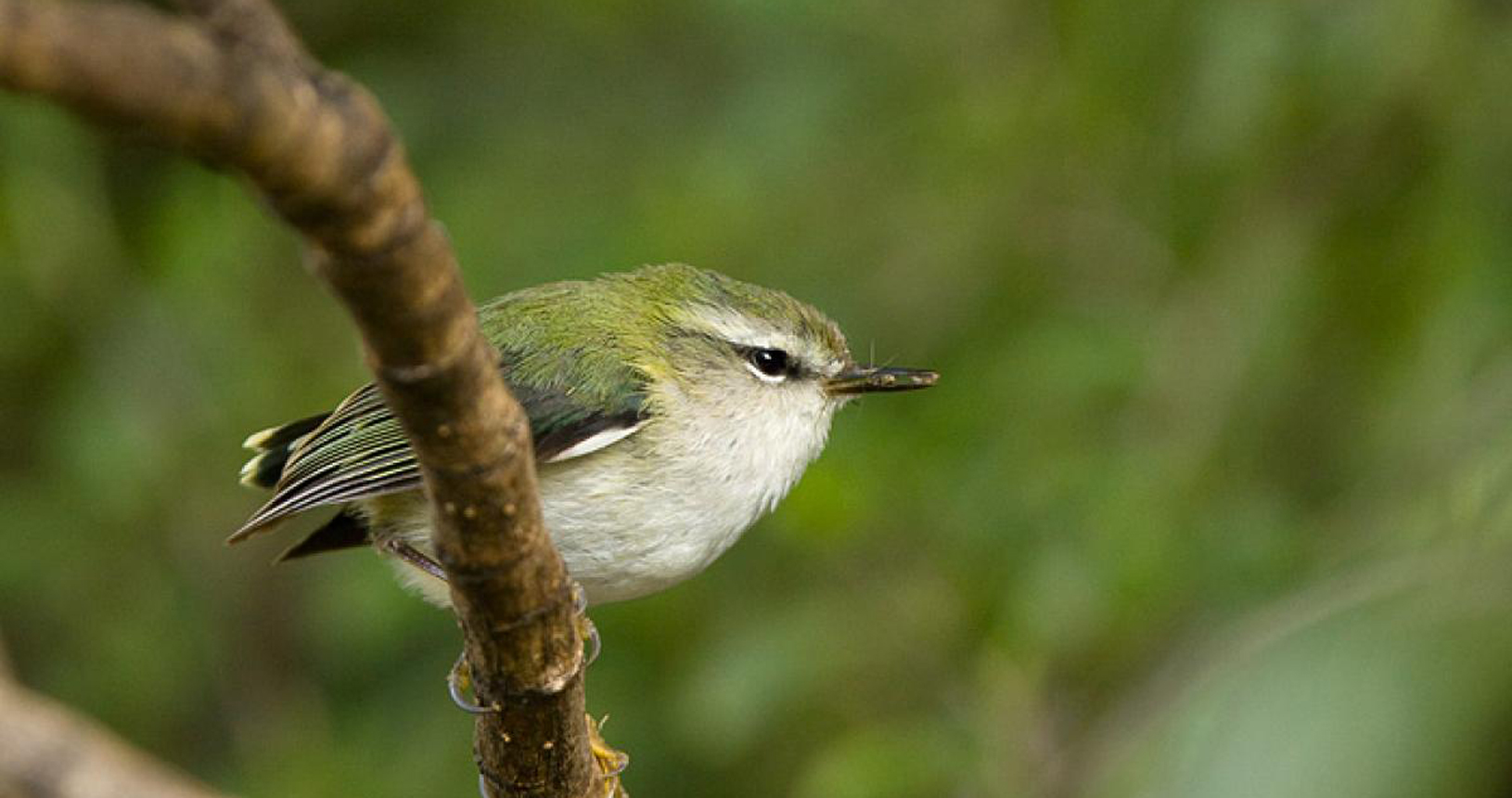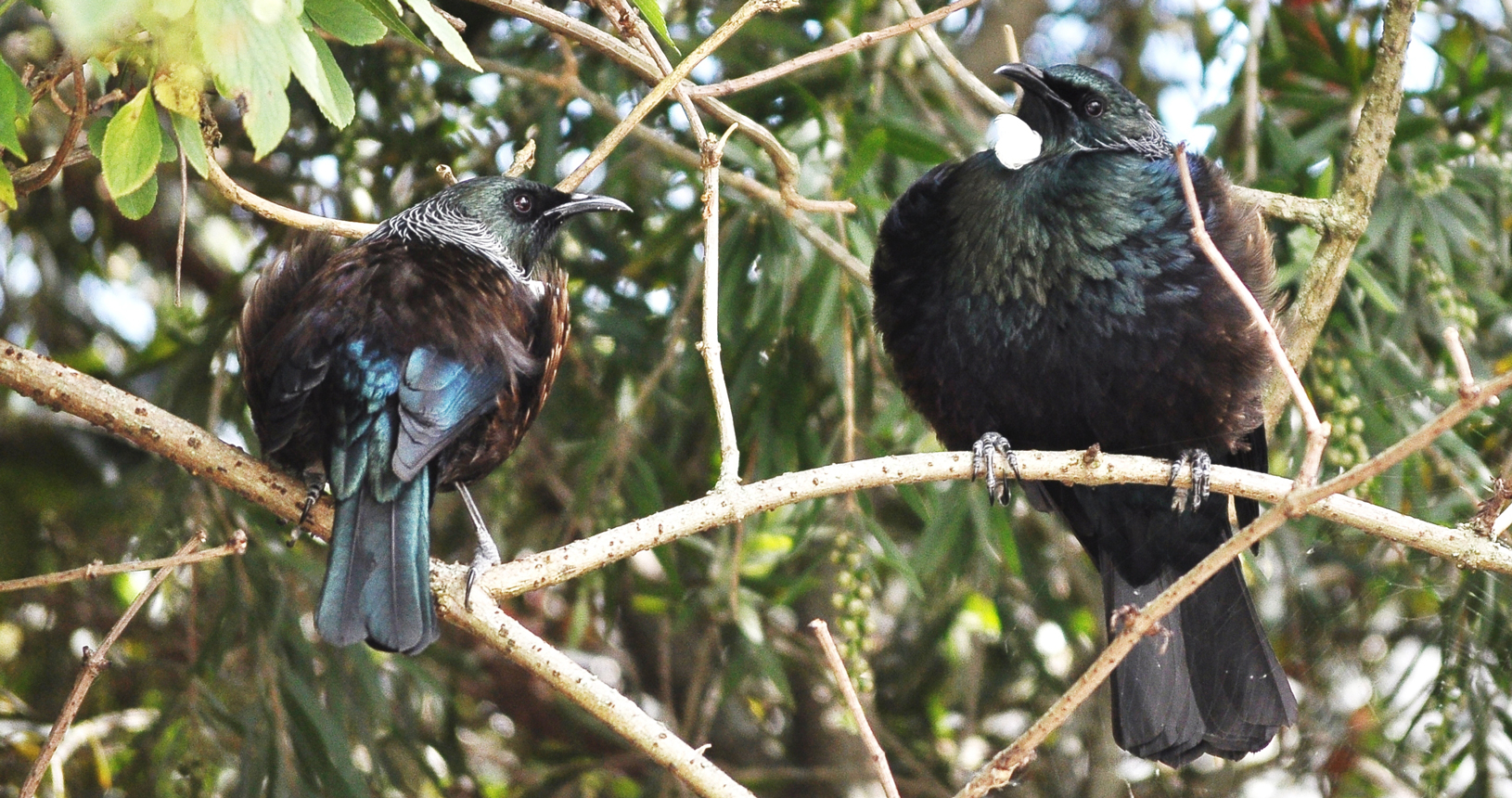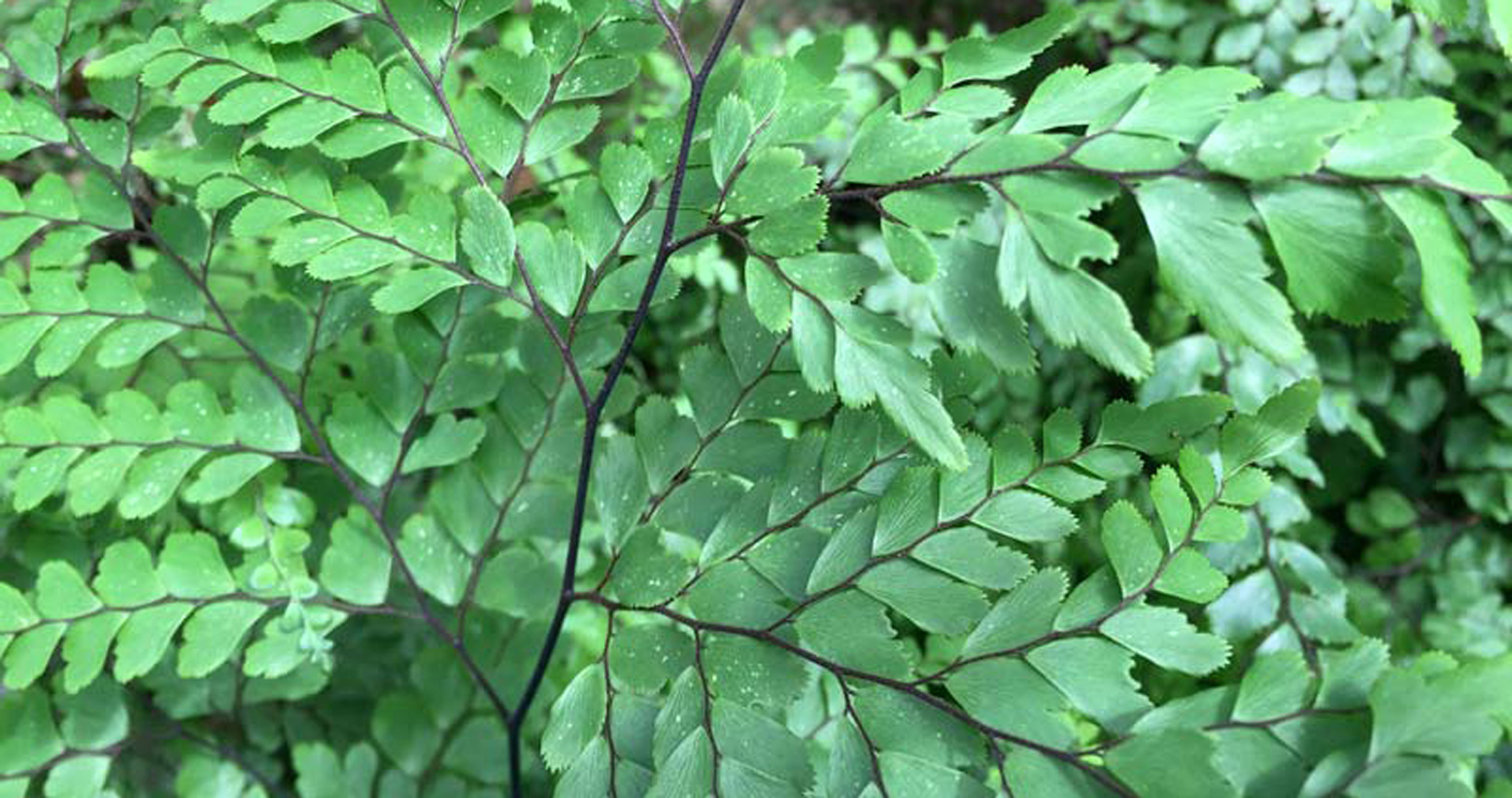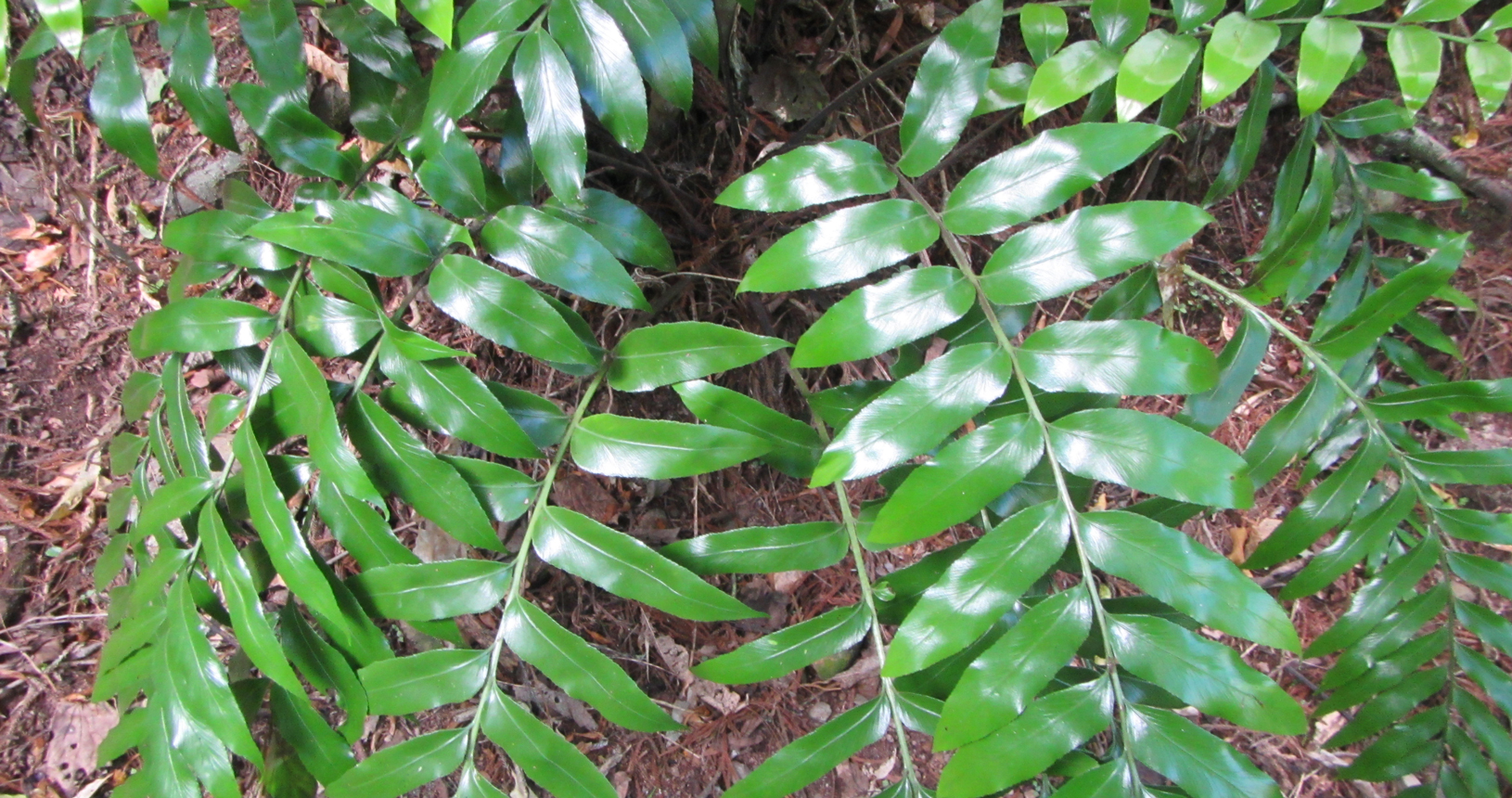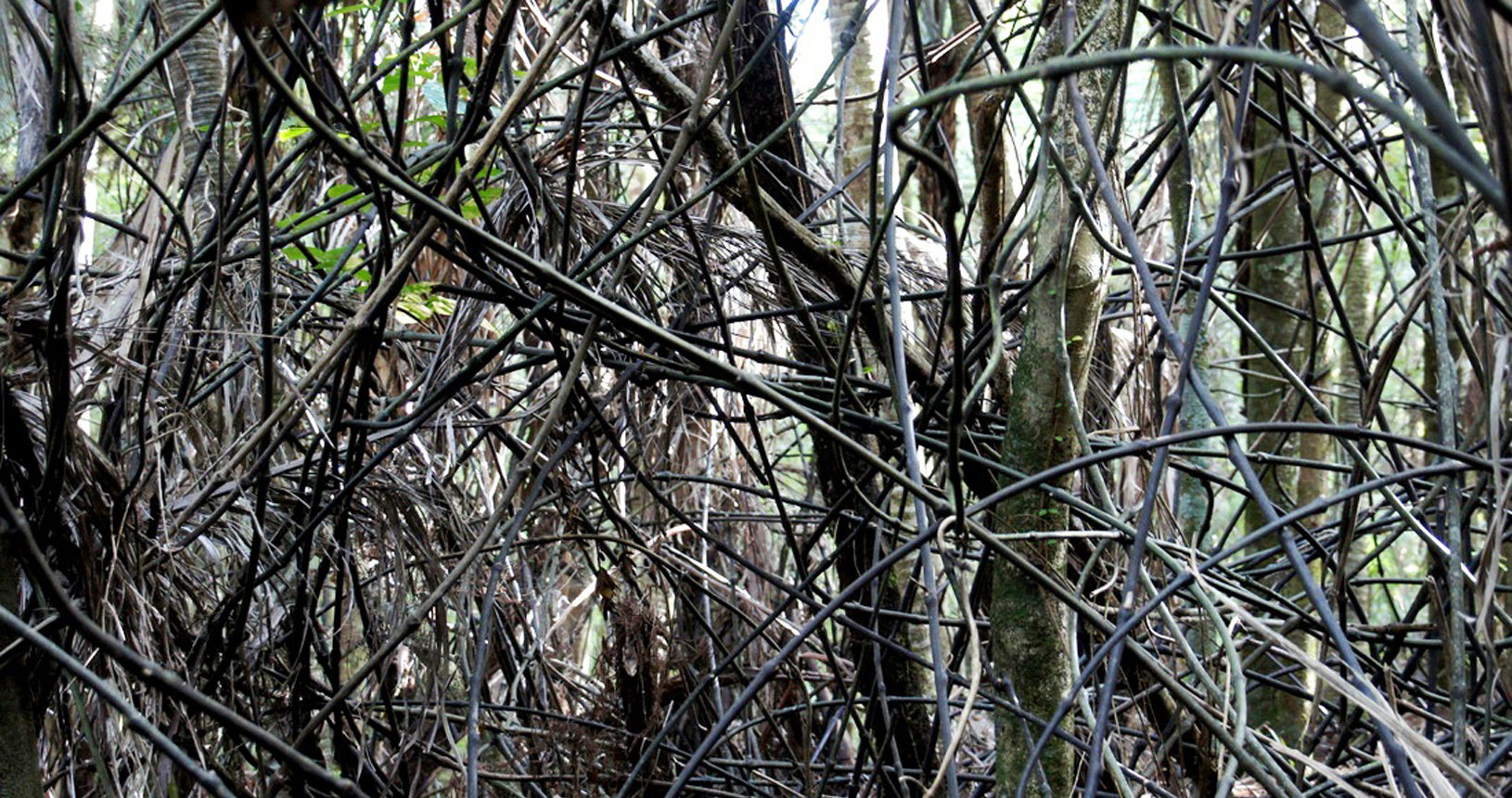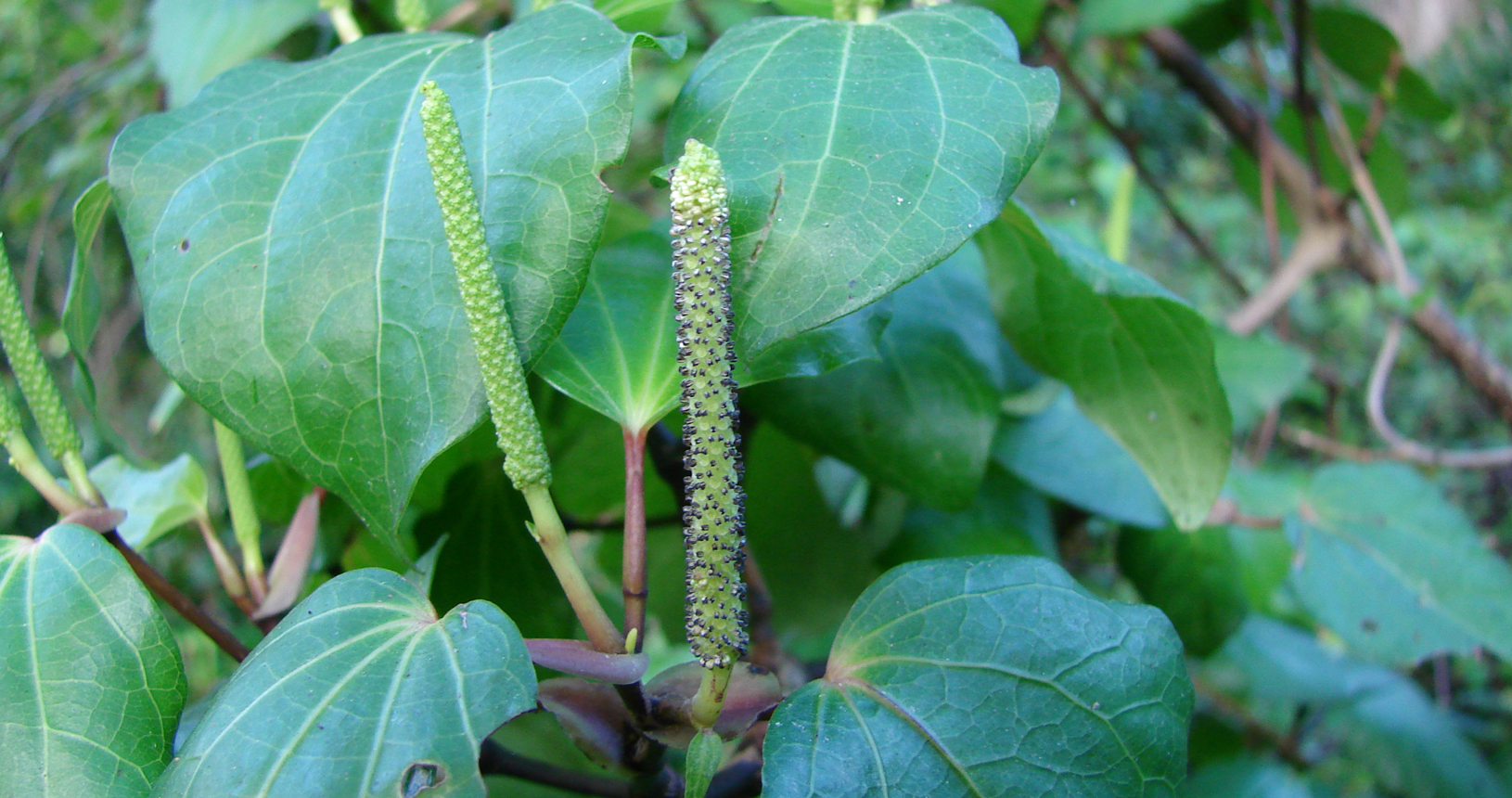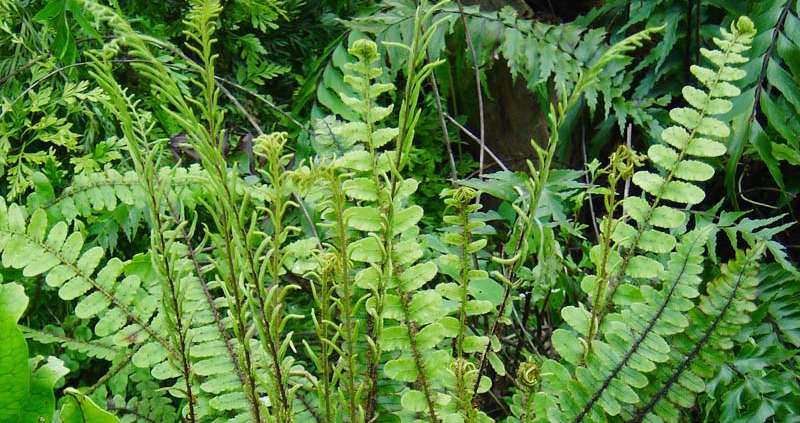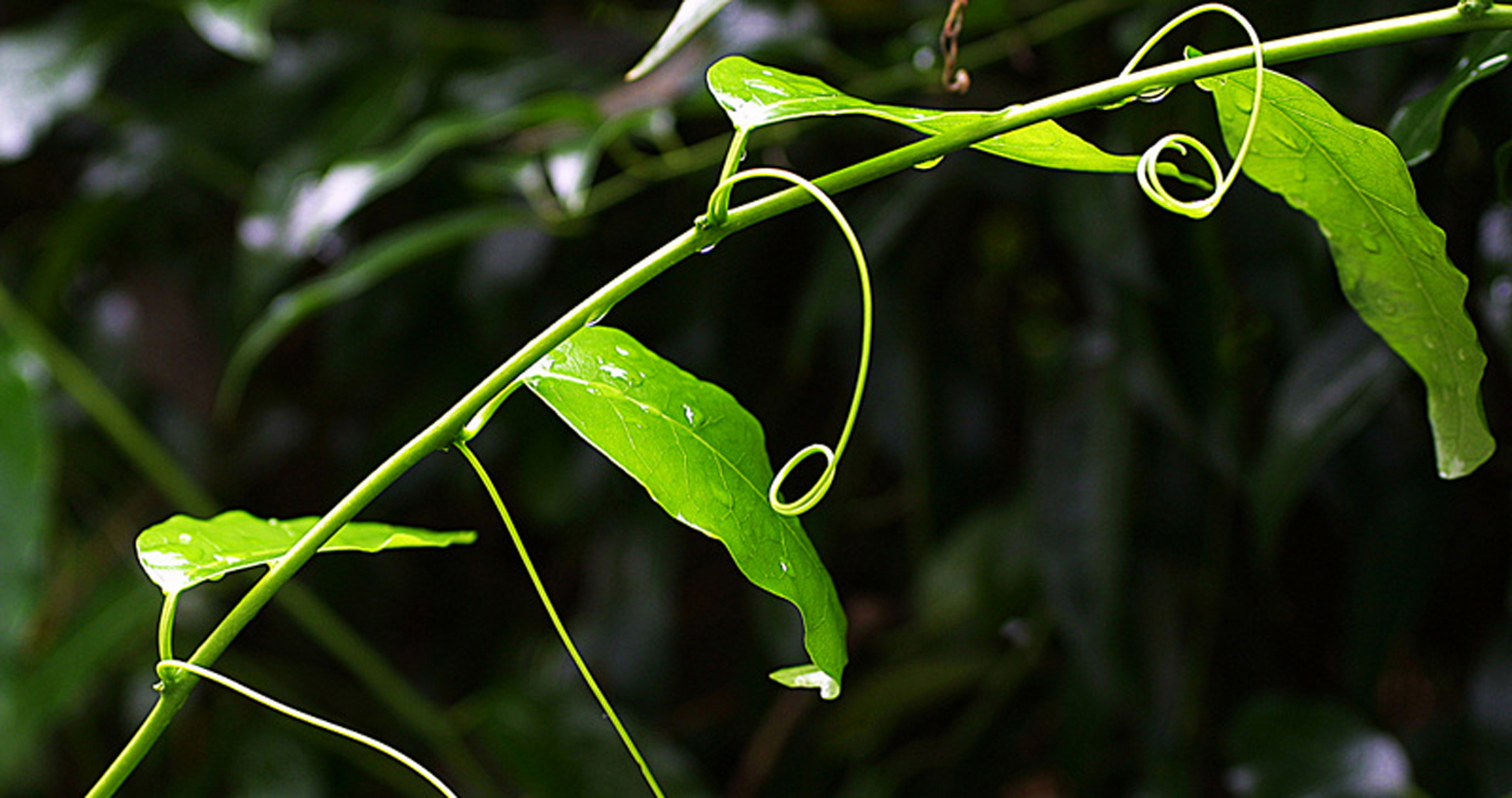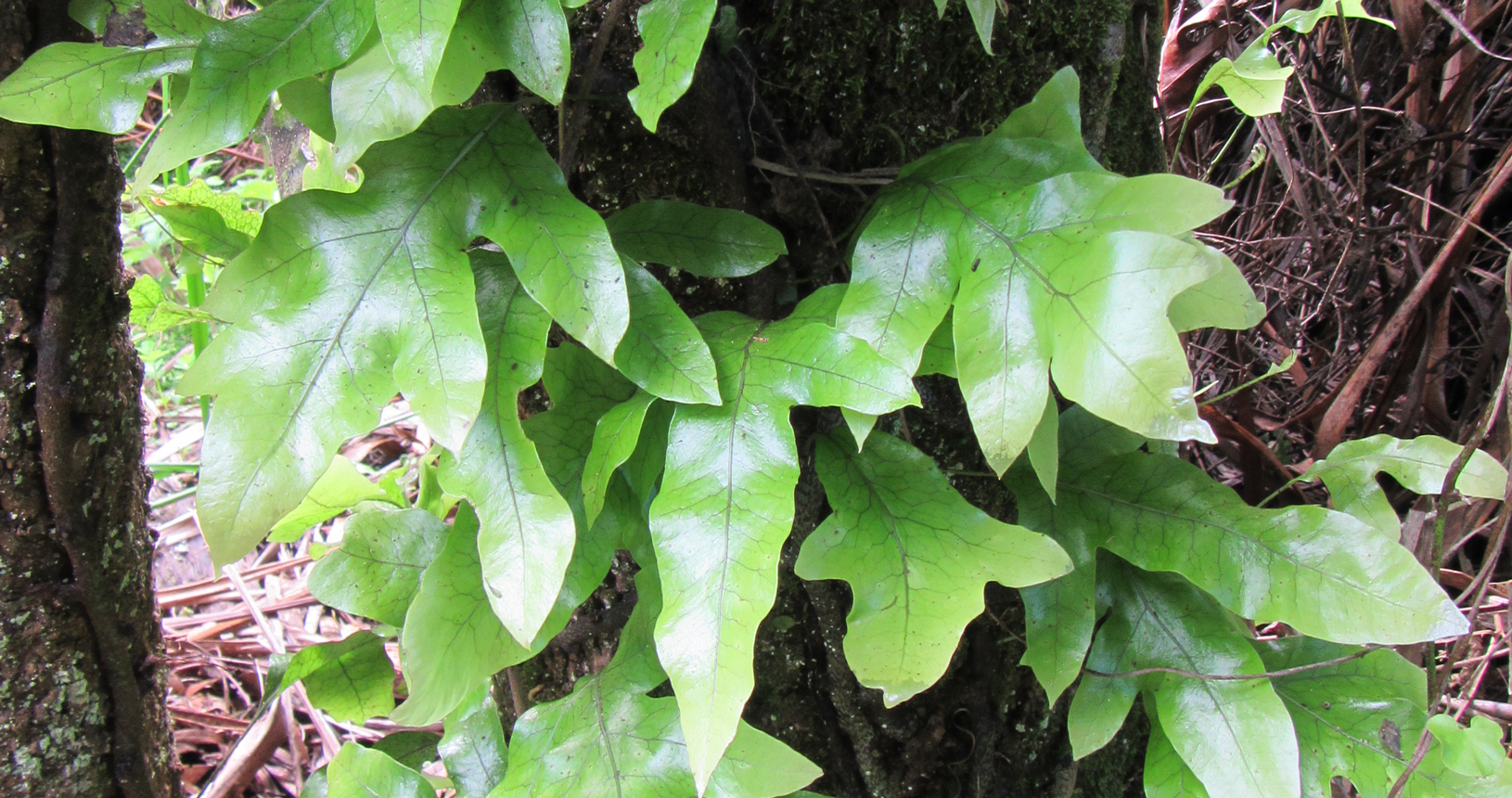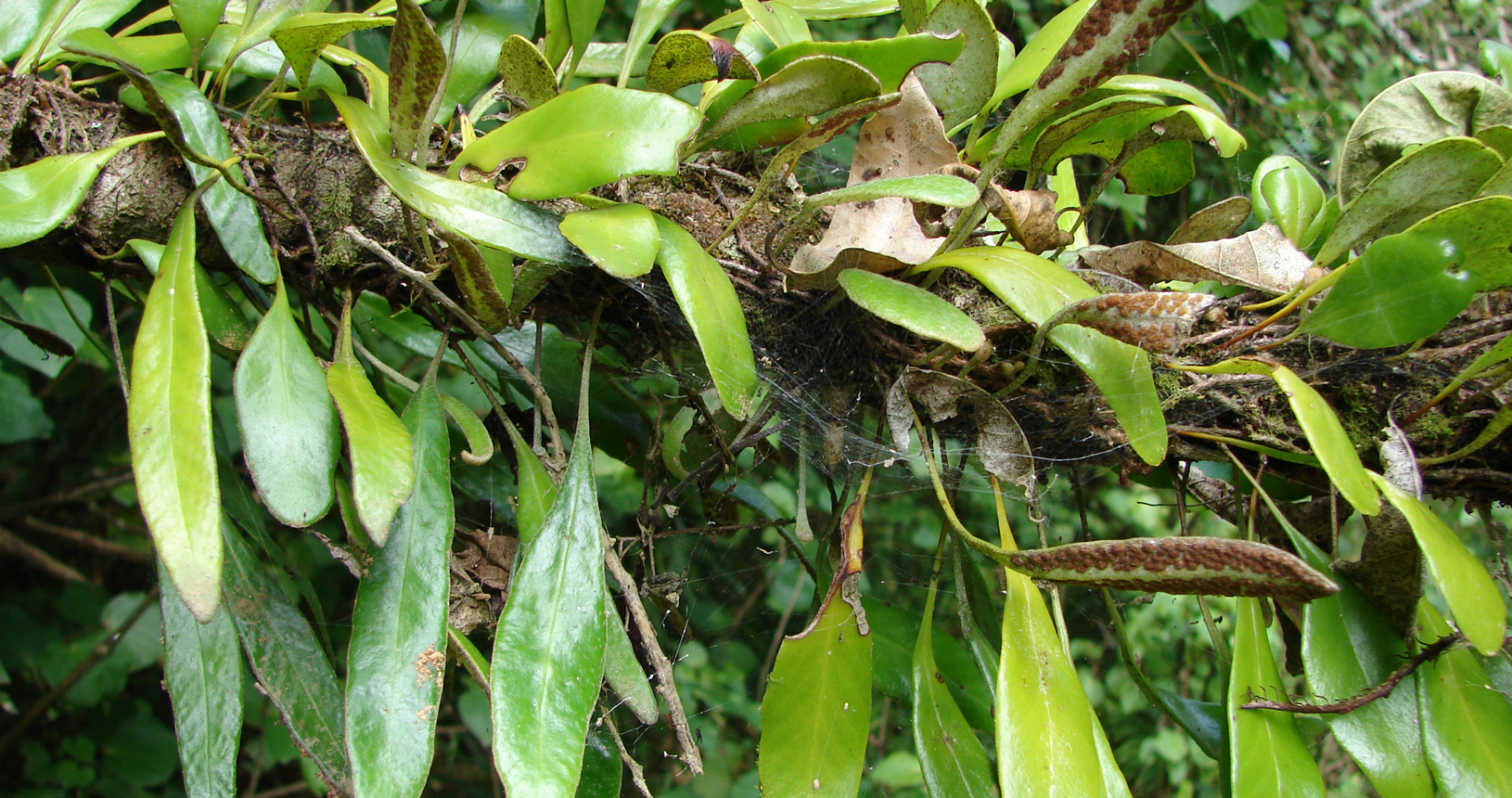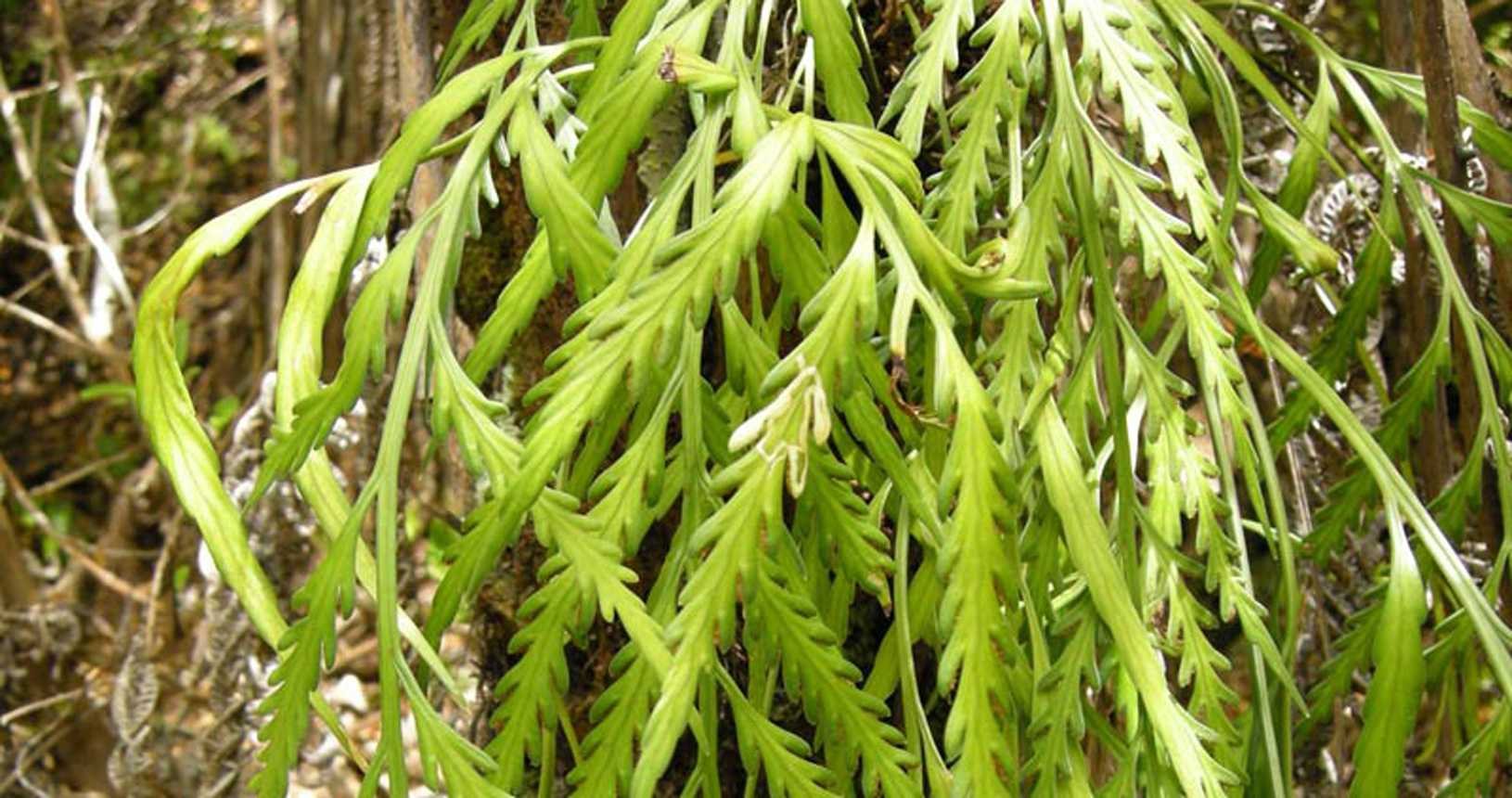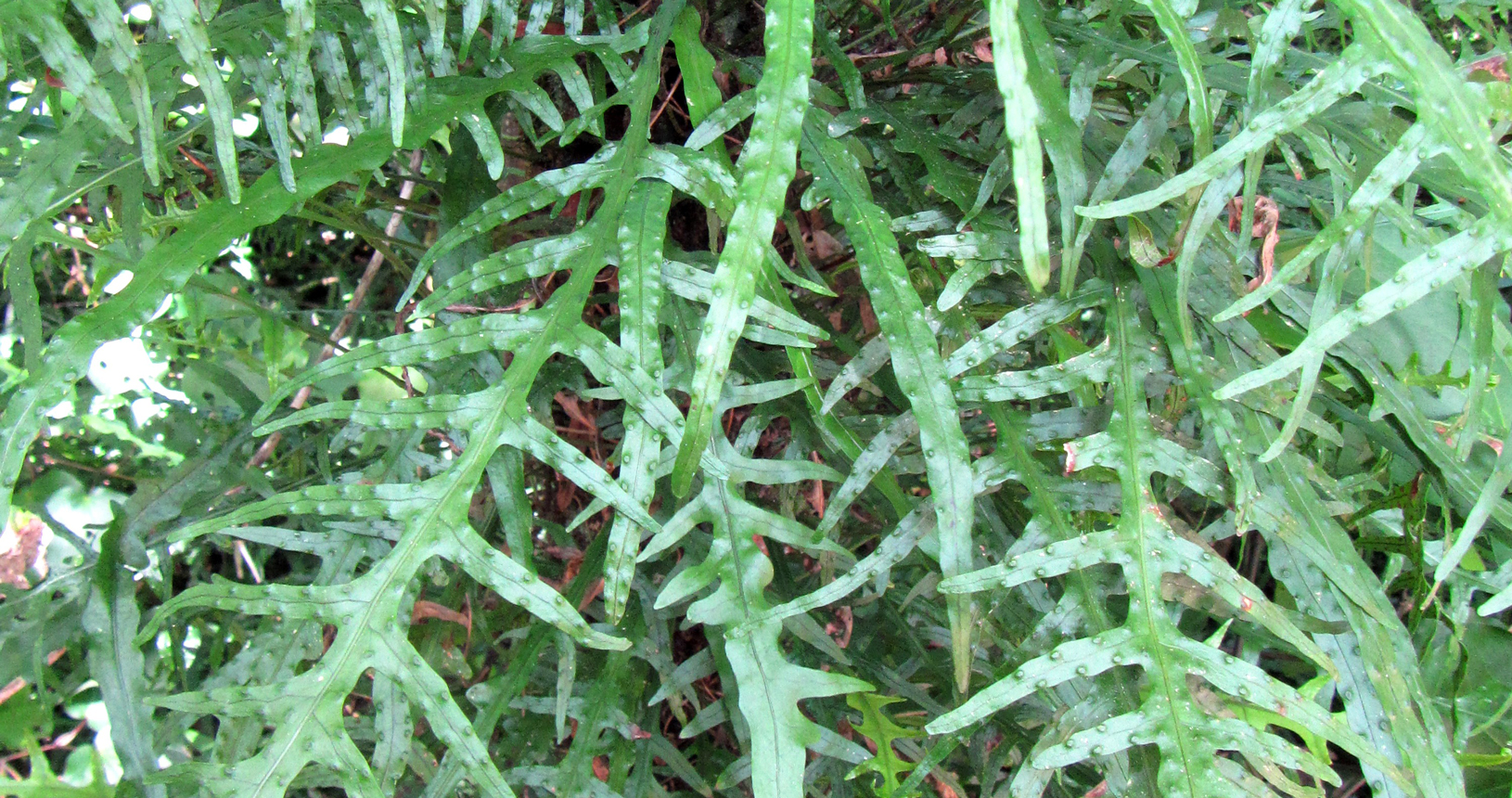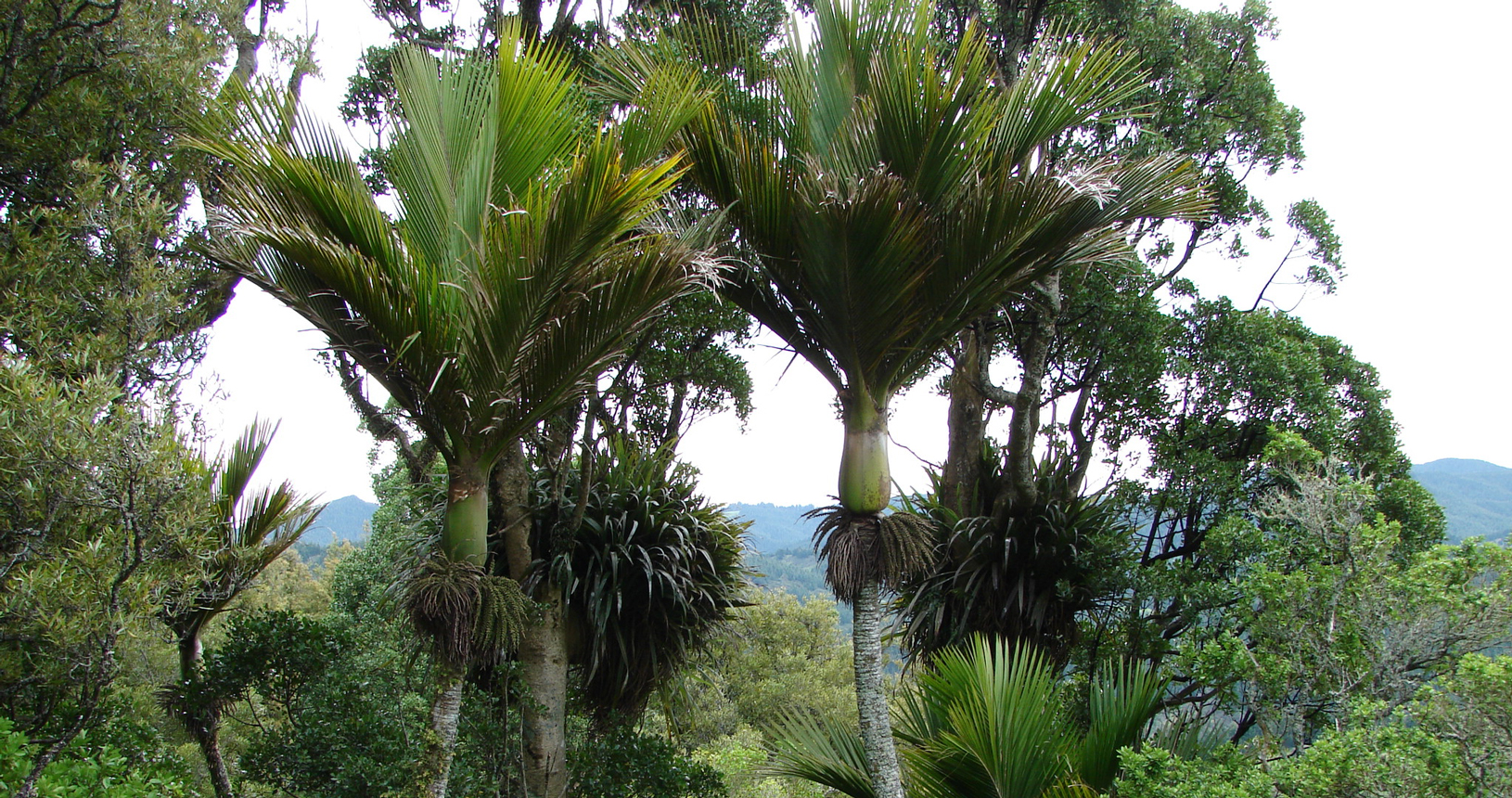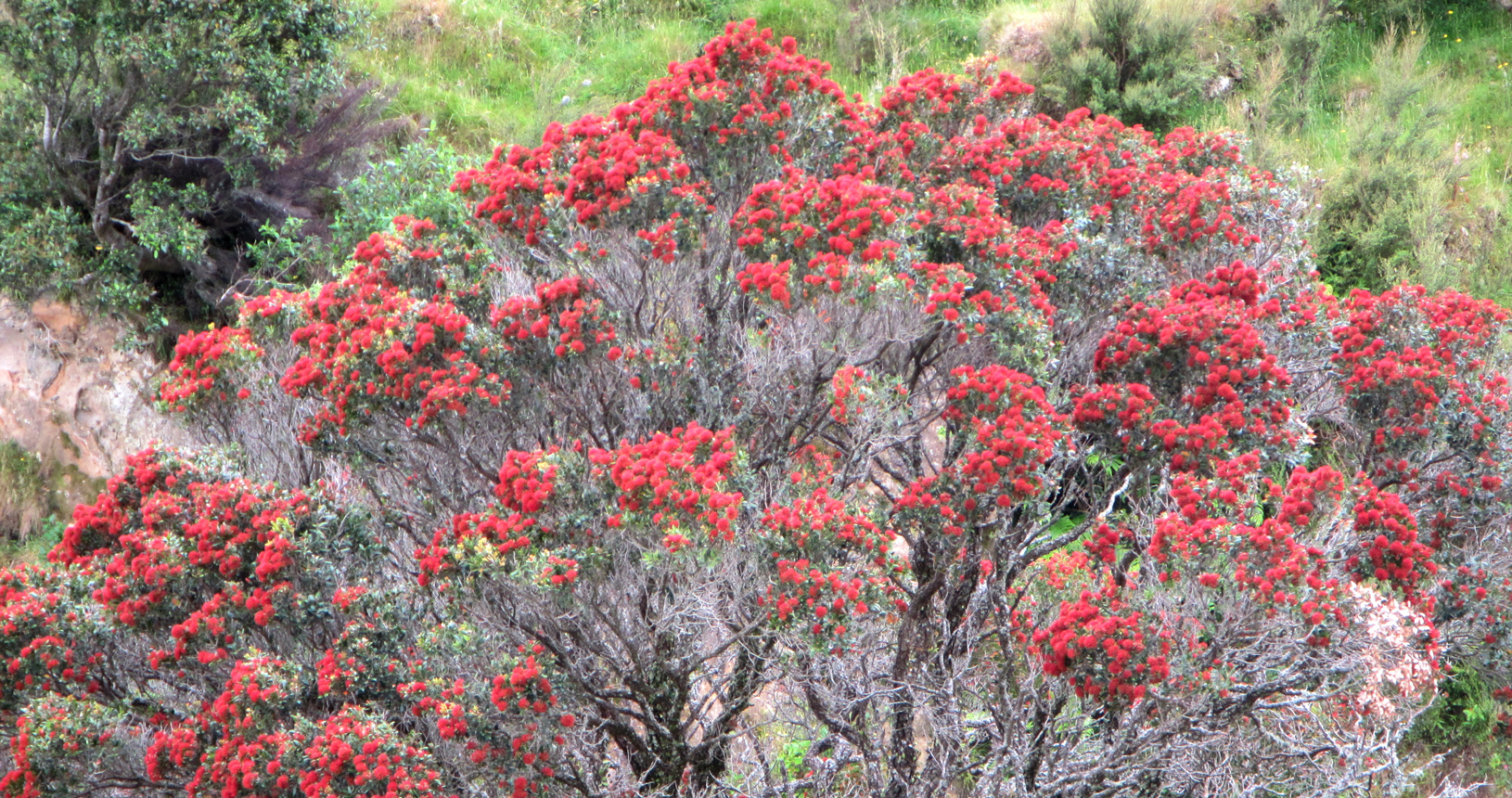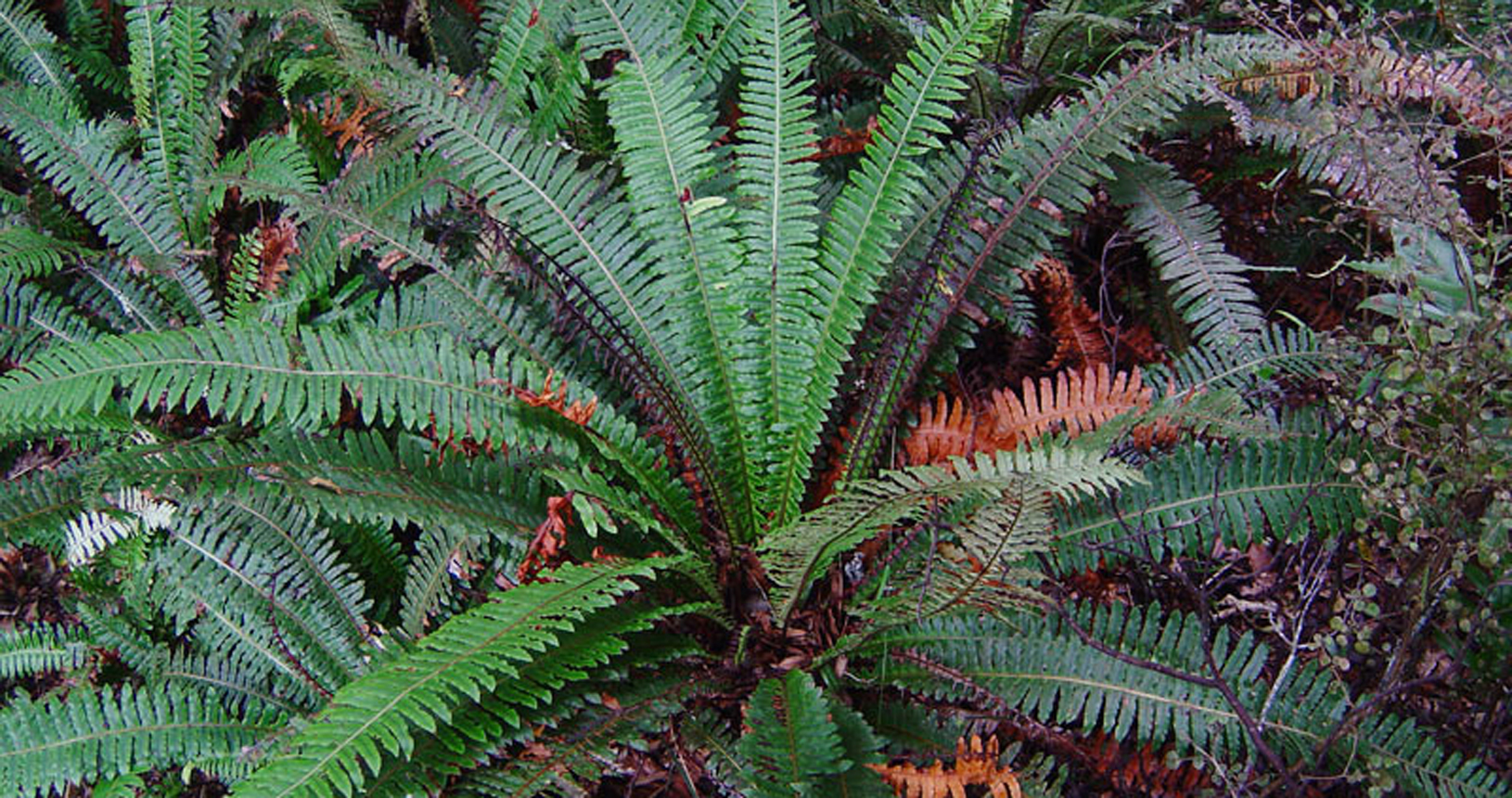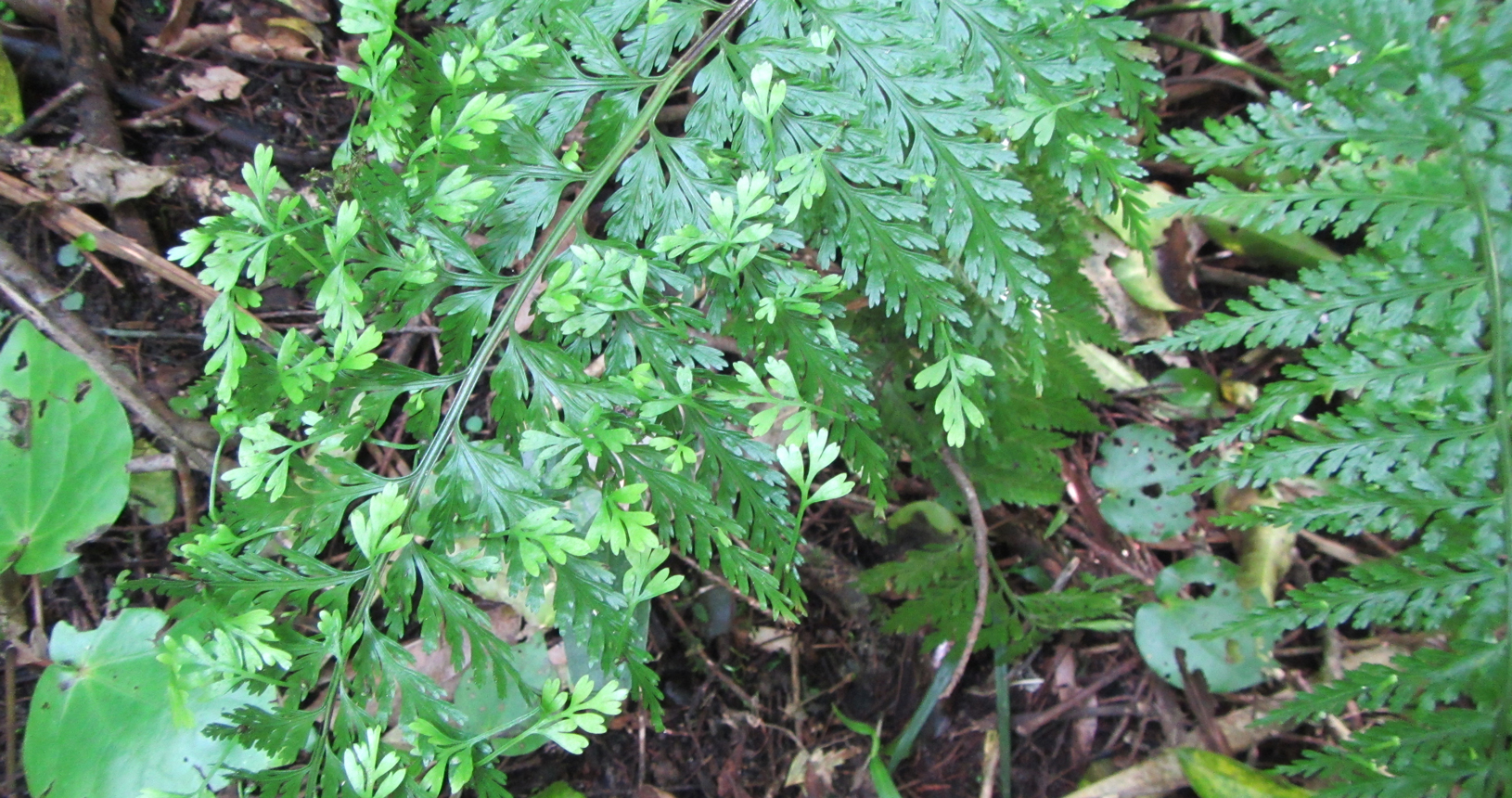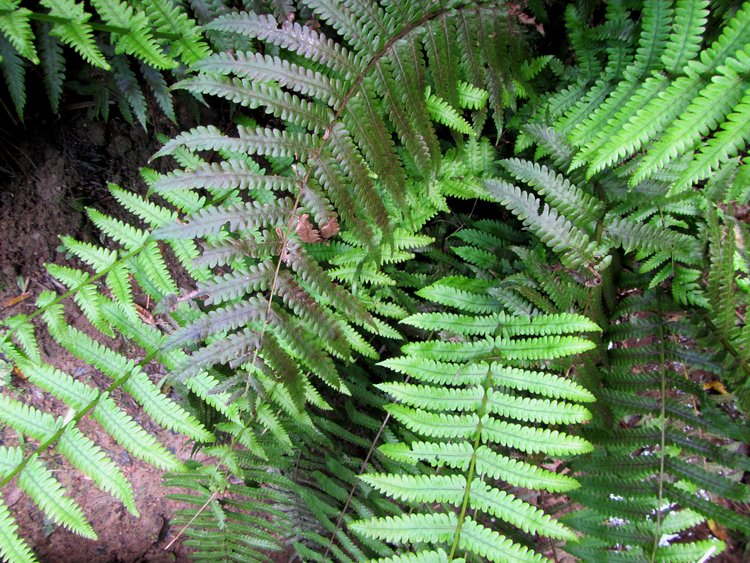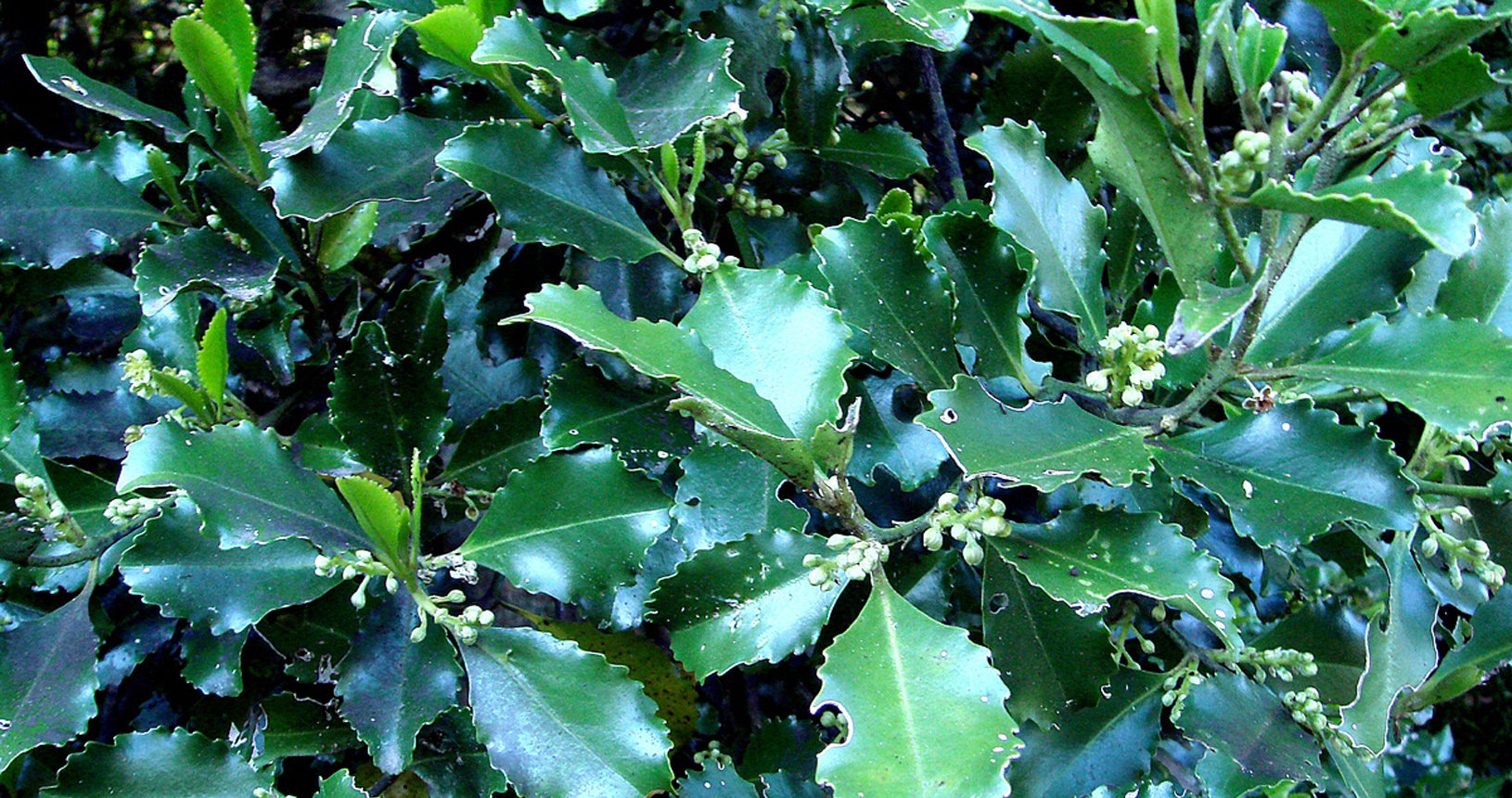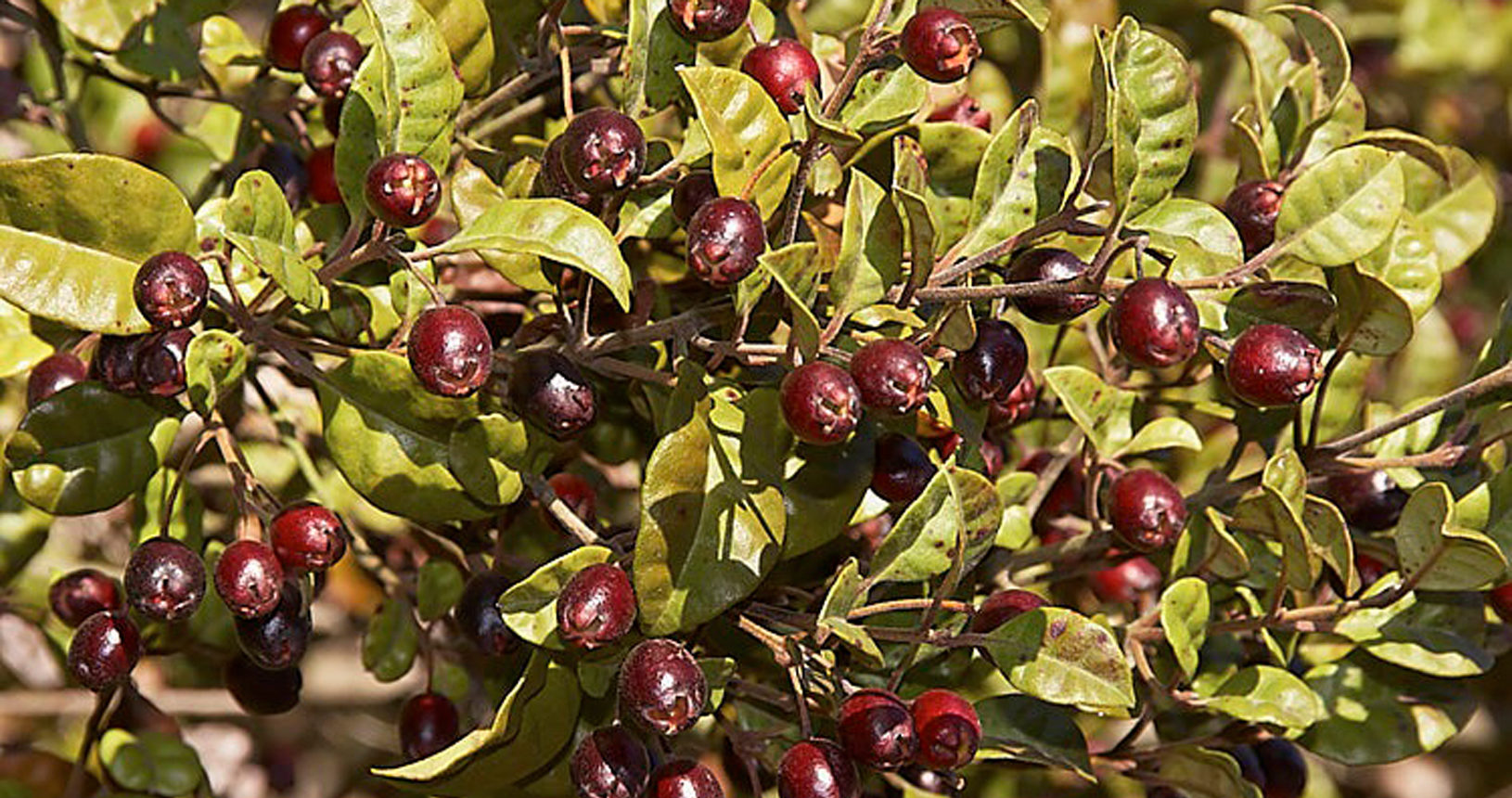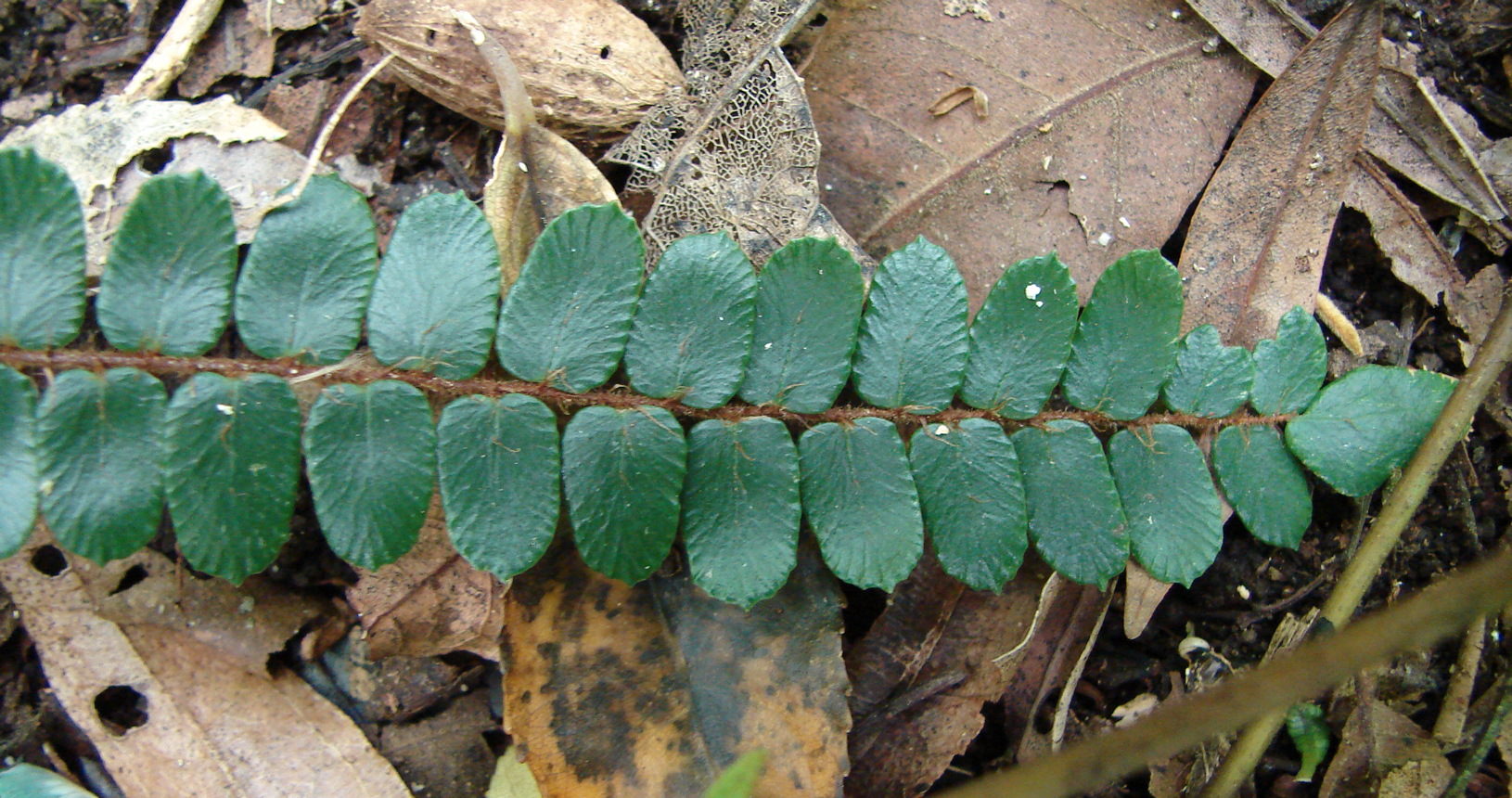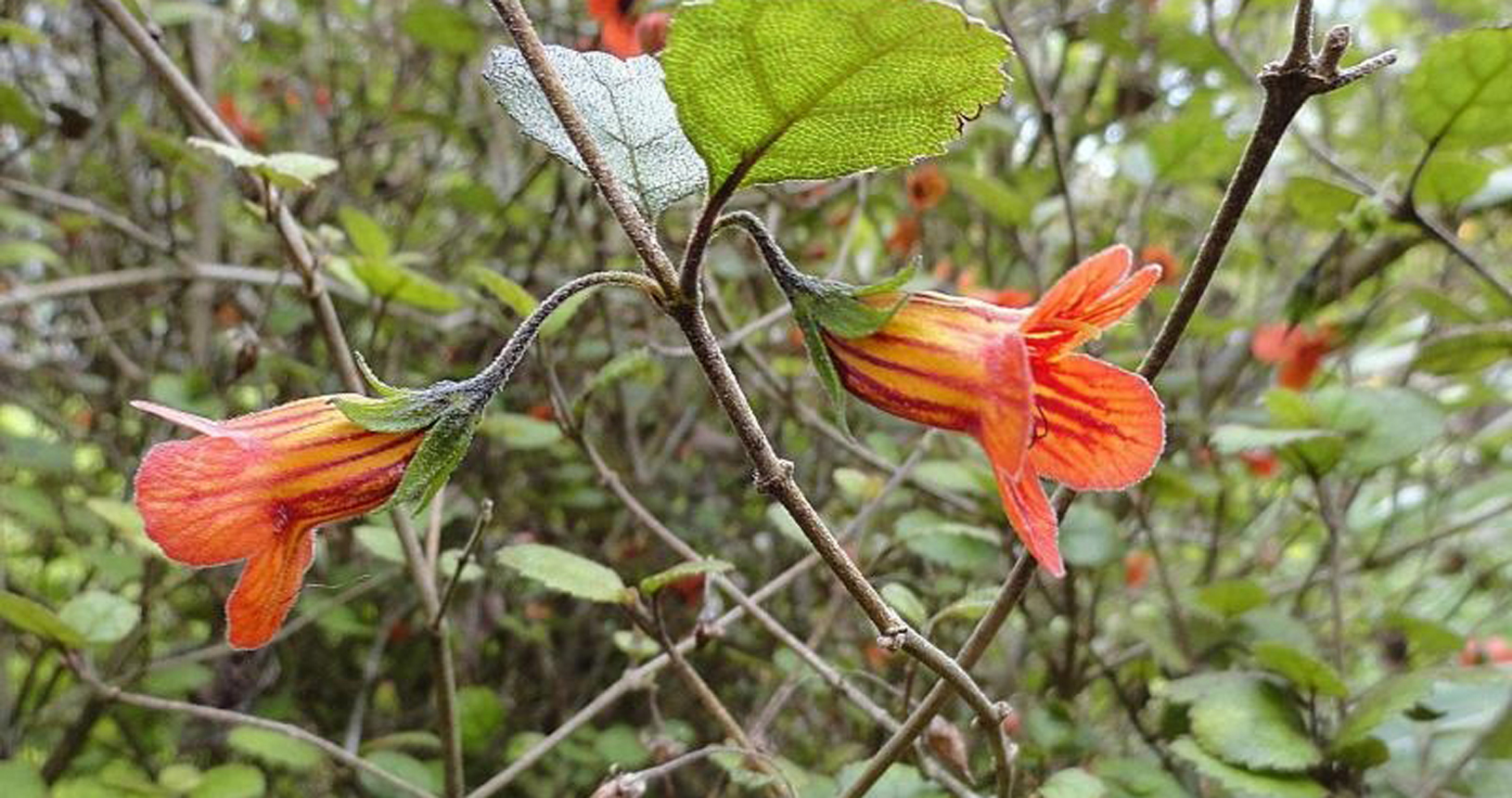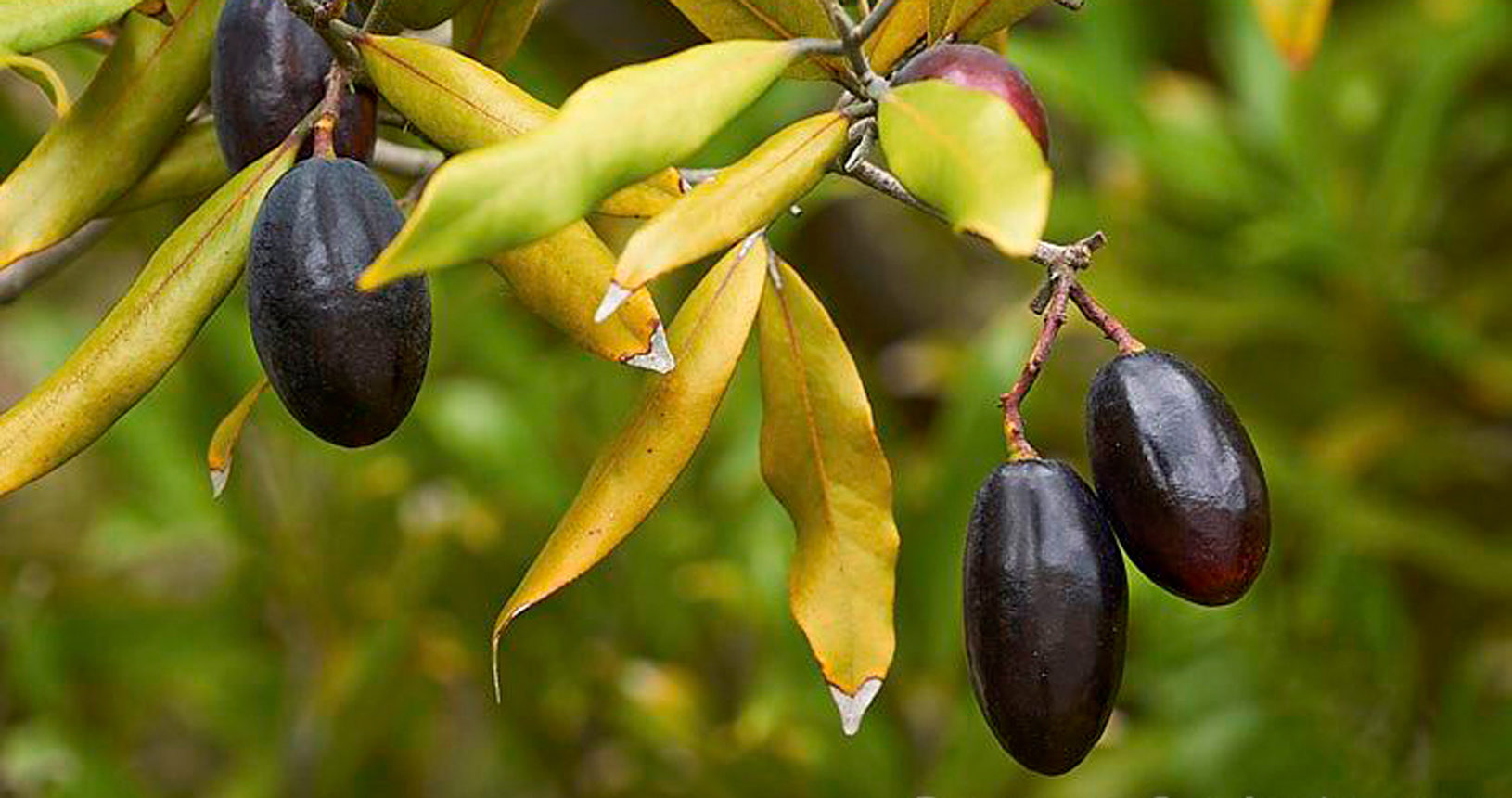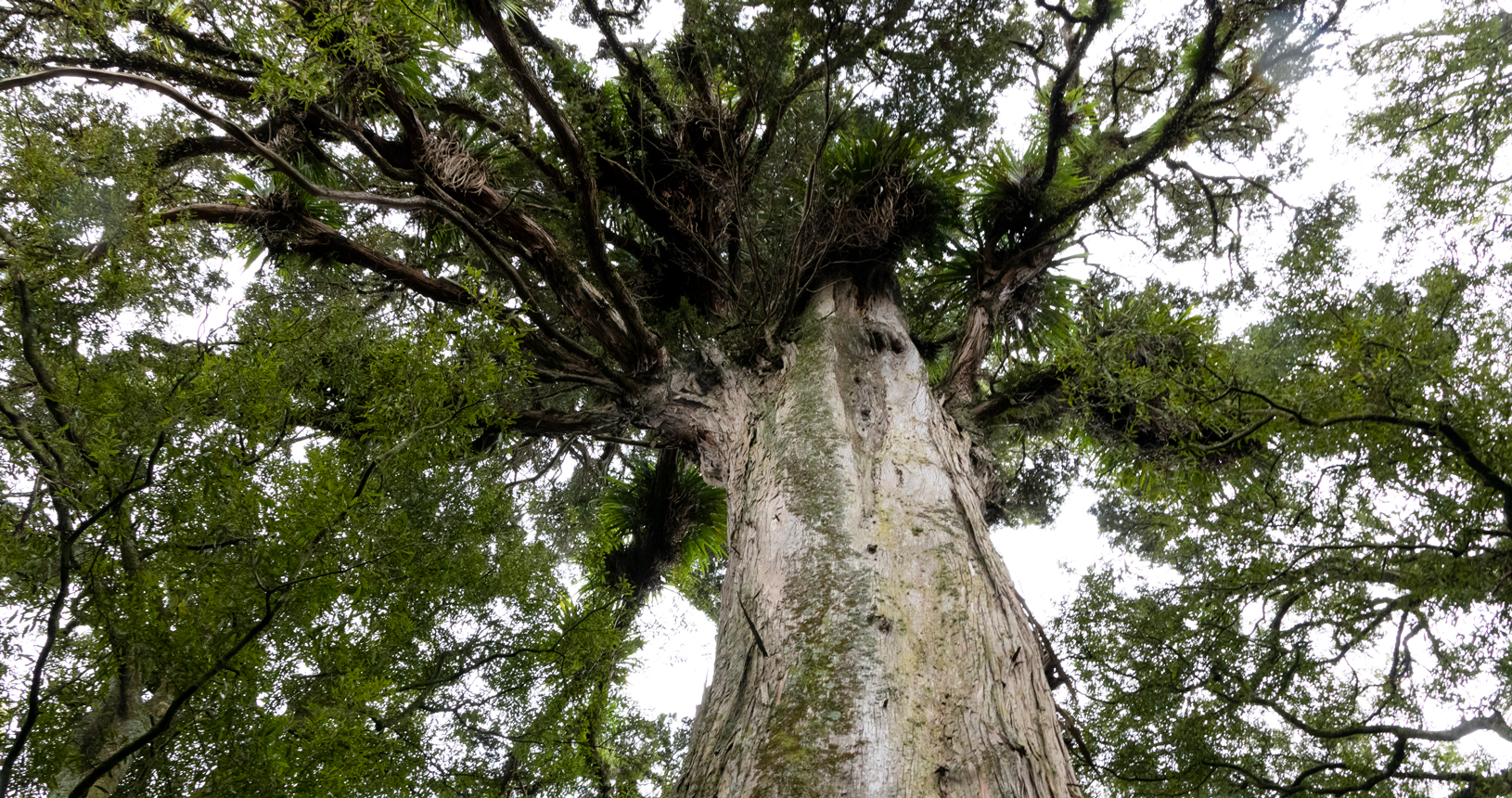Te Āpiti – Manawatū Gorge is home to an abundance of our native flora and fauna. Through collaborative biosecurity control programmes we’re committed to ensuring this pristine habitat stays a precious taonga.
Te Āpiti – Manawatū Gorge is a diverse forest ecosystem in a dramatic landscape, right at our backdoor. It is a place where we can connect with our precious natural environment. The Gorge is home to many native animals and unusual plant communities. Taonga species such as tītipounamu (riflemen), kārearea (New Zealand falcon), kererū (New Zealand wood pigeon), giant maidenhair fern and northern rātā are found here. In order to protect our native flora and fauna biosecurity control is undertaken through a range of partners including landowners, iwi, Department of Conservation and Horizons Regional Council.
Te whenua me te tāhuhu kōrero
Geography and history
Te Āpiti – Manawatū Gorge is the scenic divide between the Tararua and Ruahine mountain ranges, which border Palmerston North and the Manawatū and Tararua Districts. It is a magnificent geographical structure, formed over thousands of years by tectonic forces and the flow of the Manawatū River. It is the only place in New Zealand where a river begins its journey on the opposite side of the main divide to where it joins the sea. With its native bush and wildlife, Te Āpiti is a time capsule that preserves the bush that once covered the Manawatū, a place frozen in time.
The Tararua and Ruahine ranges formed around three million years ago, although most of the uplift of their ancient greywacke rock has occurred over the last one million years. This makes them the youngest mountain ranges in the world, and their relatively young age shows how tectonically active the Manawatū landscape still is.
The name Te Āpiti, meaning ‘the narrow passage’ was bestowed upon the Manawatū Gorge by the Rangitāne tribe, the tangata whenua. The passage was crucial as it connected eastern and western parts of their 700-year old border. Before the road was built, local Māori would haul their waka (canoes) upstream through the rapids of the Manawatū River, which they named Te Au Rere a Te Tonga, meaning ‘the rushing current of the south’.

Ngā manu o Te Āpiti
Birds of Te Āpiti
Ngā rākau o Te Āpiti
Plants of Te Āpiti
Ngā mahi taurima
Conservation
Animal pest control
Although priorities and methods have changed over time, conservation efforts in Te Āpiti – Manawatū Gorge have always aimed to protect, restore and enhance the biodiversity values in this special place. Ultimately, this means reducing pest species to allow native flora and fauna to thrive. The unique geology and geography of Te Āpiti – Manawatū Gorge presents significant challenges to conservation efforts. The steep terrain means parts of the forest cannot safely be accessed on foot, and wind channels through the Gorge make aerial access precarious. The current collaborative approach to management of Te Āpiti – Manawatū Gorge means that resources and expertise are shared to ensure the best possible outcomes for conservation.
Animal pests include possums, rats, mustelids (weasels, stoats and ferrets), goats and deer. The Department of Conservation and Horizons Regional Council coordinate animal pest control. Goats have been eradicated from the scenic reserve, but deer still occasionally pass through. Possums, rats and stoats are the biggest problem today. Traps targeting rats and stoats on both sides of the Gorge are monitored by volunteers from the Ashhurst Action group and Milson Scouts. There is also a bait station network on the southern side of the Gorge to target possums and rats using pesticides (cyanide for possums, diphacinone for rats). Success is measured by monitoring possum and rat numbers. The Department of Conservation has also recently introduced an annual ‘Five minute bird count’ to help index native bird populations.
The long-term conservation goal for Te Āpiti – Manawatū Gorge is to reduce pest populations and restore forest health to a level that would allow the safe and sustainable reintroduction of native species that once lived in the Gorge, such as toutouwai (North Island robin).
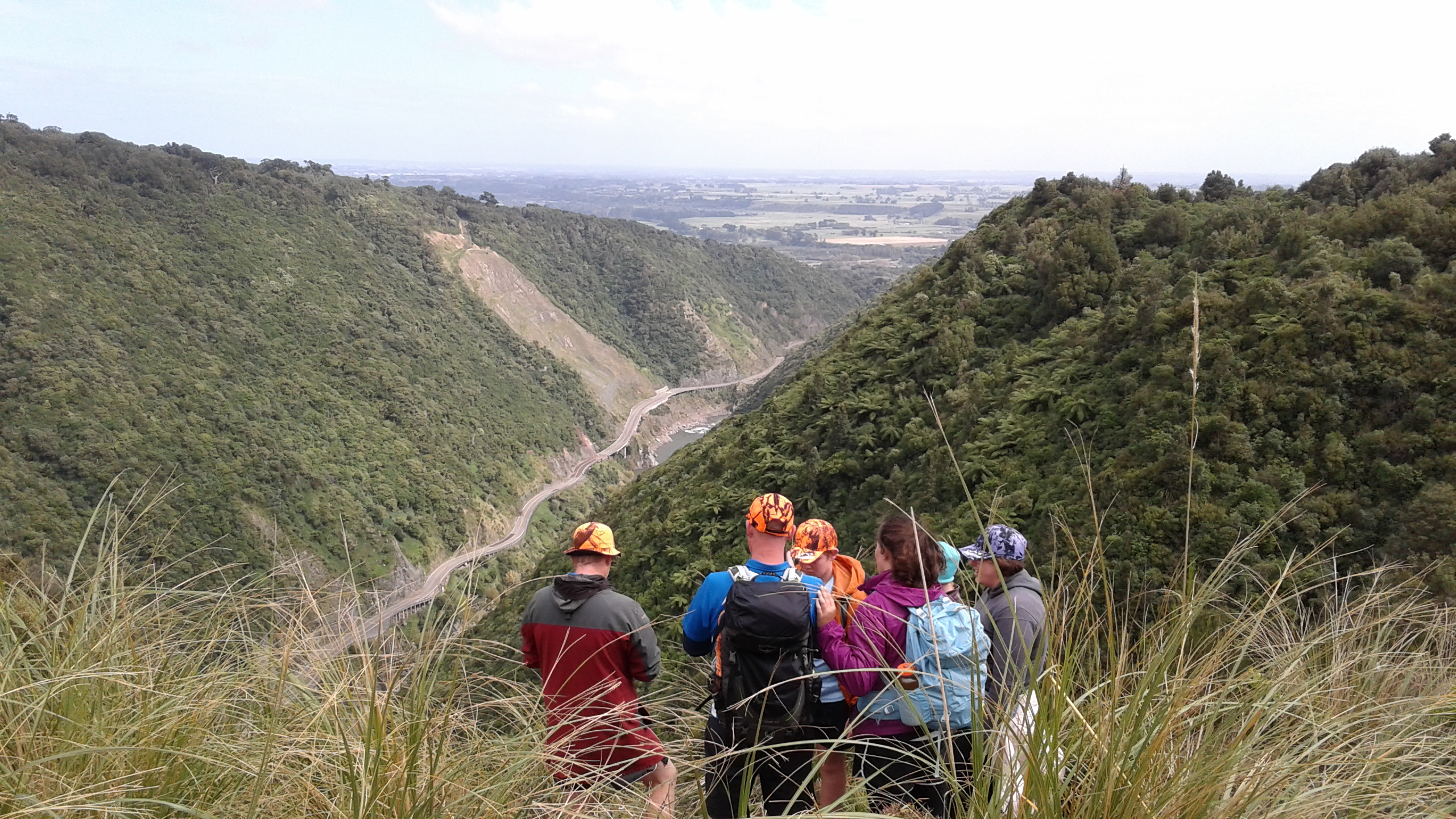
Plant pest control
Pest plants are a serious threat to native habitats such as the Te Āpiti – Manawatū Gorge. Ranging from vines and trees to shrubs, these invasive pests kill, smother and replace native vegetation. The Gorge offers a wide range of ideal habitats for these pests to thrive in, resulting in many weed species being established here. The challenging topography and conditions make control work difficult. Pest plant control in Te Āpiti – Manawatū Gorge is managed by Horizons Regional Council, and they have programmes to tackle pest plants in a number of ways.
Old man’s beard is the biggest threat to the forest canopy, and targeted annual control is ongoing. Banana passionfruit and wilding pines are also being controlled where possible. Biocontrol agents have also been released to target specific pest plants. The Honshu white admiral butterfly was released in summer 2019 to suppress Japanese honeysuckle. Tradescantia leaf mining beetles were released in 2017. The broom gall mite is well established in the area and is looking very promising. Biocontrol agents are continually being researched and developed as an option for landscape-scale weed infestations.
Most of the pest plants infiltrating our native landscapes are garden escapees, so you can help by disposing of garden waste properly. You can do this by taking your green waste to an approved landfill, covering your load with a tarpaulin, or through composting. Never dump your green waste near reserves or natural areas – even if the green parts rot away, new plants may grow and spread. Find out more and get resources on the Weedbusters website.
